Viltrox AF 28mm F1.8 STM Review
Dustin Abbott
October 16th, 2023
The end of 2023 was when Viltrox suddenly leveled up in a serious way. The Viltrox Pro AF 75mm F1.2 (my review here) was a serious bombshell. It showed that Viltrox was going to be much more than a budget lens maker; they were gunning for the space traditionally occupied by more prestige third party lensmakers like Sigma or Tamron. They followed that up with the full frame 16mm F1.8 lens, which was a stunningly good wide angle option. Between the 16mm F1.8 and then the next Pro series lens (the excellent Pro AF 27mm F1.2 for APS-C mount cameras) there was a lens release that got a little overlooked, this lens, the Viltrox AF 28mm F1.8 STM. This is a full frame lens for Sony FE (reviewed here) and Nikon Z mounts (and hopefully Canon RF in the future). You can get my full thoughts about the AF 28mm F1.8 in my video review here…or just keep reading.
Follow Me @ YouTube | Patreon | Instagram | Facebook | DA Merchandise | Flickr | 500px
Thanks to Viltrox for sending me a review loaner of this lens. As always, this is a completely independent review. *The tests and most of the photos that I share as a part of my review cycle have been done with the Sony a7RV along with the Sony Alpha 1 that serve as my benchmark cameras for Sony lenses.
__________________________________________________________________________________________________
Why was the AF 28mm F1.8 overlooked? Largely because this was a lens that Viltrox was committed to creating as a part of their series of affordable F1.8 primes, which include:
- Viltrox AF 24mm F1.8 STM (my review here)
- Viltrox AF 35mm F1.8 STM (my review here)
- Viltrox AF 50mm F1.8 STM (my review here)
In many ways it feels like Viltrox’s focus has shifted already to their newer, more high profile pursuits, and it is also clear that their design standards have raised. Their newest lenses have more features, better build quality, and improved optical glass. But does that mean that the AF 28mm F1.8 should be written off?
Definitely not. Sony has a huge catalog of lenses at most focal lengths, but there are relatively few decent 28mm options. I’ve reviewed the Laowa 28mm F1.2, but it is more of a niche lens due to being manual everything and not super sharp wide open. There is an E-mount version of Sigma’s excellent 28mm F1.4 ART, but it is not a lens purpose designed for Sony (it is a “ported” lens from Canon EF), and thus it is very large and heavy (a whopping 925g). On the other end of the spectrum is Sony’s own FE 28mm F2, a lens that is small and light, yes, but it optically weak with extremely poor edge and corner performance. There’s certainly room for a “just right” option at 28mm, and that’s the lane that Viltrox is aiming for.
The Viltrox AF 28mm F1.8 STM has a moderately small size, the cheapest price tag of the competitors ($379 USD, though less if you buy from Viltrox and use the code “DUSTINABBOTT” to get it), but offers up quality autofocus and stellar image quality even it isn’t at the extremely high bar of their newest offerings. There’s a lot to applaud here if you are a fan of the 28mm focal length.
28mm used to be the focal length of choice for a lot of photographers, but that’s less true these days. Most prime lens sets jump from 24mm to 35mm and skip over the 28mm, but I do think there is still room for a 28mm lens. It’s wide enough to capture a lot of scenes, but is close enough to not distort or stretch perspective as much. You probably know if you’re a 28mm person, so what we will need to figure out is whether or not THIS particular 28mm prime is for you.
Viltrox AF 28mm F1.8 Build and Handling
The Viltrox AF 28mm F1.8 follows the very familiar formula for this series and strikes a nice balance between quality of build and compact size. Nothing really feels “budget” here as the level of materials feels quite high. The 28mm shares common design language with the 24mm, 35mm, and 50mm F1.8 lenses, with nearly identical physical dimensions of 70mm in diameter and 88.2mm long (2.8 x 3.5″). The weight is very slightly higher at 367g (12.9 oz), but that is within 17g of the other lenses in the series. We’ve seen Viltrox do this before with other series; they leverage a common physical design into multiple lenses as a means standardizing their manufacturing and keeping costs down. The upside is that we get very nice lenses for the money.
This does lead to a lens that feels more expensive that its price tag suggests. Up front we have a 55mm filter thread, which is a small but relatively common filter size. This means you can share filters across the lineup. Like the rest of the barrel construction, the filter threads are metal, and the front aspect of the lens is nice. This is an internally focusing lens, so the physical length doesn’t change.
There are no switches on the side of the barrel, and Viltrox has devoted the real estate on the lens to a nice aperture ring along with a wide manual focus ring.
The aperture ring is nicely executed, with one third stop markings (that line up precisely), though are there are no “detents” outside of the one between F16 (minimum aperture) and Auto mode to keep you from inadvertently switching between the two. This allows for aperture racking, though there is a bit of lag between turning the ring and the physical changes as input runs through the aperture iris. I found resistance on the stiff side for the aperture ring, though not so much that making aperture changes is difficult. It might affect aperture racks, however.
The Viltrox AF 28mm employs Viltrox’s 9 bladed aperture iris rather than the higher blade count often present on their newer, more premium lenses. I don’t like their 9 bladed apertures as well, as they don’t do as good a job of keeping a circular shape and are often not completely symmetrical, as we can see here.
The manual focus ring is really nicely executed. It is finely ribbed (in metal) and has great grip. It also has excellent damping, which makes focus emulation very nice and precise. The active focus area will be automatically magnified if focus assist is enabled, and this enables one to quickly confirm accurate focus visually. Viltrox has been doing a great with these manual focus rings; most all of their more recent lenses deliver a really stellar manual focus experience. The focus seems quite linear and repeatable, and a very quiet focus motor assures that there is no noise during manual focus. There are no visible steps; manual focus changes are smooth and consistent.
The lens hood is the only discordant note here, as, while made of decently thick plastics, it feels a little cheap relative to the excellent materials used on the lens barrel itself.
The hood itself is quite shallow, and it reverses very tightly, assuring there is little extra room needed for storage. You can barely see that it is reversed on the lens barrel here.
It actually feels a little disappointing to return to a more pared-down lens design after reviewing a number of Viltrox’s newer, more feature rich designs. There isn’t much here in terms of features: no AF/MF switch (you’ll have to change between AF and MF in camera), no focus hold button, and a lack of any weather sealing, though the front element has been treated with a water-resistant coating. Lens construction outside of these missing pieces is very nice, with all metal lens casing and a brass lens mount.
What we do have is a USB-C port on the metal lens mount that allows you to connect the lens to a computer and update the firmware directly. The ability to easily update firmware is a huge asset for Viltrox, and we’ve seen some other lensmakers starting to adopt a similar protocol.
While the new Viltrox Pro AF 27mm F1.2 has an improved minimum focus distance and magnification spec, the AF 28mm F1.8 is a carryover from an earlier design philosophy, and we’ve got a rather poor 37cm minimum focus distance and only a 0.10x magnification figure. Here’s what that looks like:
Not much magnification, obviously, though the upside is the contrast and detail is actually quite good even at F1.8. This has been a trend for Viltrox lenses – low magnification, but good performance at MFD including good contrast and detail along with a fairly flat plane of focus.
I will note one quirk that could be copy specific (as I haven’t heard other reviewers complain about it), and that is that I found the behavior of the IBIS (in body image stabilization) of my Sony bodies was a little off initially with this lens. It was introducing a bit of jitteriness, almost as if it wasn’t communicating the right focal length. I decided to experiment with it and manually set the correct focal length of 28mm in the camera’s IBIS settings. Voila! The image was immediately perfectly steady for both stills and video. If you run into the same issue, this is the easy fix.
It’s a little hard to “go backwards” in Viltrox’s lens design when I’ve seen so much more out of them this year. I get it, though, as the AF 28mm F1.8 was clearly a lens already in development that was designed to utilize some common design elements in terms of the lens housing and size. There wasn’t a lot of room to deviate from that blueprint without completely retooling the manufacturing process and thus incurring a lot of additional costs…which would inevitably be passed on to we consumers in the form of a higher price tag.
Viltrox AF 28mm F1.8 STM Autofocus
The Viltrox AF 28mm STM utilizes a lead-screw type stepping focus motor (STM) that makes fast, quiet focus changes. Focus felt silent unless I put my ear up next to the barrel, where I could hear some very light whirring during major focus changes.
I did a focus speed tests both indoors and outdoors and was generally impressed with focus speed and the confidence of focus acquisitions. It’s not quite Sony GM fast, but I would say that focus speed is certainly equal to any of the lenses I test in this class of lens. Viltrox has really made great strides in this area as they have learned not only the ins and outs of autofocus design but also how to leverage the focus algorithms of each camera system.
I did a few action sequence tests with my youngest running and jumping off a wall. I shot with my Sony Alpha 1 on the High+ setting, which is limited to 15FPS with non-Sony lenses. I enabled human Eye AF tracking and shot with the lens wide open at F1.8. In the first sequence (25 images) I saw 21 perfectly focused results, 3 acceptably focused results, and 1 backfocused result. If I assign a 4 as the highest score, 3 for the acceptably focused, and 2 for the backfocused result (it wasn’t a complete miss), that gives us a 95% score out of a 100. Pretty good. Here’s a middle sequence that starts with an acceptable result, has one of the many perfect results, and the one backfocused result.
The second sequence was a little longer (31 images) and I had a better success rate (I would say a 99% score by the standard I set for the previous sequence). We can see a better result in that crucial middle sequence where gravity causes the movement to be the fastest and most erratic.
The results were a little less successful in trying to track Nala moving towards the camera. I got more backfocused results as focus couldn’t quite keep up with the movement forward.
So perhaps not a top action choice, but good enough for most situations.
General purpose shooting was effortless, however, with good accuracy and quick, confident acquisition without pulsing or settling.
I saw good low light focus as well, though like most lenses on Sony, the Viltrox AF 28mm F1.8 focuses at the preset aperture, meaning that the advantage of a larger aperture is lost if your aperture is set at, say, F2.8. If you are in very low light conditions, you might want to focus with the lens at F1.8 if you get some hunting with a smaller preset aperture. I shot this image is very dim conditions and got easy focus.
Focus for video was also fairly good. I found that focus locked onto subjects fine during general video use, and focus transitions weren’t jarring. There is minimal focus breathing, so that helps focus changes to be less obvious. Things worked well during my hand test, with smooth and accurate transitions from my hand to my eye and vice versa.
I was a little less impressed with the basic focus pulls, however, as while they were smooth and quiet, focus just wasn’t accurate on my foreground object. It would hit the background object without issue, but focus just wasn’t quite in the right place every time when I brought focus back to my foreground subject. That seemed to be the exception rather than the rule, however, as I didn’t see an issue with focus elsewhere.
Viltrox has gotten very good at autofocus over the past few years, and overall the Viltrox AF 28mm F1.8 is proof of that.
Viltrox AF 28mm F1.8 Image Quality
The Viltrox AF 28mm F1.8 STM has a good but not exceptional MTF chart, with a good center sharpness, some dips up and down in the midframe, and a so-so corner. The optical design is 11 elements in 9 groups, and five of those are exotic elements (2 aspherical and 3 ED).
I’m actually surprised at the MTF chart, as I felt like the lens performed stronger in real world results. You can see from this F1.8 result that there’s a lot of sharpness there…but also some fringing.
We’ll work through the chart results by first looking at distortion and vignette. There’s not a lot of distortion here, though what does exist is fairly complex. I used a -3 to correct the pincushion distortion, but correcting the inner lines results in some unevenness in the corners. Vignette is extremely heavy, requiring a maximum correction (+100) that still wasn’t quite enough.
There is a correction profile in Lightroom, and while it does a better job of correcting distortion, the vignette still needs some correction post profile.
At this point, Viltrox lenses aren’t receiving correction in camera for JPEGs or video. I mostly shoot RAW images, so I don’t think about it much, but those of you who typically rely on in-camera corrections and shoot JPEG are going to be disappointed here. My hope that is Viltrox gets to a place where they get more support and their lenses get in-camera corrections.
This particular series from Viltrox showed some common strengths and weaknesses For Viltrox, those weakness typically include low magnification due to higher than average minimum focus distances (true here) and also a tendency towards some longitudinal chromatic aberrations. That fringing is definitely present in both my chart testing and real world results. You can see some fairly pronounced green fringing after the plane of focus here.
This is a little more frustrating for me now that Viltrox has shown that their new source of optical glass and more premium optical designs largely eliminate this issue altogether. That makes something like this a little hard to stomach.
Lateral Chromatic Aberrations usually show up along the edges of the frame as fringing on either side of high contrast areas (like the bare branches below), but that doesn’t seem to be an issue here. You can see a nice, neutral transition from black to white on the corners of my test chart.
So how about resolution and contrast? All chart tests done with a Sony a7RV (61MP) using a tripod and a two second timer. Here’s a look at my test chart:
And here are the crops (at roughly 170% magnification) from the center, mid-frame, and extreme corner at F1.8:
The center shows a good amount of resolution and decent contrast, but acuity (a word I use to describe resolving fine details) is only average. There isn’t a huge drop-off across the frame, with both the mid-frame and corner looking fairly good but without any of the dazzling clarity I see from the best lenses.
At it’s best, I felt like sharpness held up pretty well even on my a7RV:
Though there were also situations where the fringing and it’s impact on contrast will show up a bit.
This image of Nala looks pretty good when I look at a pixel level.
Stopping down to F2 results in a very minor contrast boost, but nothing significantly different. There’s a much more noticeable boost at F2.8. The performance all across the frame looks quite impressive by this point:
There’s another small boost at F4, and you can definitely see that “sparkle” that I referred to earlier here.
Anywhere from F2.8 to F8 will allow you the ability get plenty of detail across the frame and the ability to deeply crop on higher resolution bodies.
Here’s an F5.6 shot that I really like where you can see good detail all across the frame:
After F8 there is going to be some diminished results due to diffraction. Minimum aperture is F16, and contrast has definitely been reduced by that point.
Bokeh quality is fairly good in most but not all situations. We’ve already seen the worse aspect of bokeh, and that’s the fringing. At close distances I feel like the bokeh quality is really quite nice. Here’s a monochrome that I like.
In other situations the bokeh looked busier with more outlining that what I like:
This shot is somewhere in between: the bokeh looks fairly good not amazing.
My gut impression was that the bokeh quality was overall fairly nice for a 28mm lens and a maximum aperture of F1.8.
I did have an opportunity to test coma by shooting the stars at night. I found that star points were good and crisp in the center (though extremely bright planetary bodies will show some fringing around them), but there was definitely some coma smear in the corners where stars started to look more like winged insects.
Stopping down to F2 made things slightly crisper and helped a bit with any fringing, but it did not eliminate the coma; it just looked a little more “in focus”.
I put the sun in the frame for a lot of photos, and I was generally quite pleased with the Viltrox AF 28mm F1.8 and its resistance to flare. There are just minimal ghosting artifacts at any aperture value, and contrast held up well.
The AF 28mm is clearly part of Viltrox’s earlier designs and before they upgraded their optical glass supplier, so the color signature for processing is similar to earlier lenses and not quite as good as their Pro series or 16mm F1.8 lenses. That being said, I was able to capture a lot of really beautiful images with the lens in a variety of situations. Like this one:
…or this one:
…or this one:
The truth of the matter is that this is a fairly strong lens for such a reasonable price point, and I’m not sure there is a better option at 28mm for the mix of build, autofocus, and optics. You can see many more beautiful images by visiting the image gallery here.
Conclusion
The Viltrox AF 28mm F1.8 STM is certain to be the overlooked lens in their 2023 lineup. It was originally on their lens “roadmap” to be released at a similar time to the 13mm F1.4 APS-C lens. which I reviewed in May 2022. It got pushed back for some reason, so in some ways it feels a little out of place in their 2023 lens releases because their design philosophy has changed. Viltrox has a lot buzz right now (rightly so, in my opinion), but the AF 28mm F1.8 isn’t really a part of that buzz. But that doesn’t mean it’s a bad lens. Far from it.
It is a lens capable of producing beautiful images, and while some people find the 28mm focal length “boring”, there are others for whom it is the perfect balance as a walkaround lens. A lot of people love the 28mm focal length for street photography, and I find the focal length a really nice one to just have on the camera for whatever photo opportunities present themselves. I took a lot of the photos in their review by just having the lens along while I ran errands, did business, or went about my day. Images were captured on the side of the road, or just out for a quick walk.
Viltrox’s most recent lenses have been more exceptional, yes, but they are also priced a few hundred dollars higher…and they aren’t 28mm. I do hear a lot of requests from my audience for more 28mm lenses, and it is one of the few focal lengths on Sony that isn’t already saturated with quality options. I’m less familiar with the Nikon Z side of things, but I can only imagine that there are even fewer options there. There really isn’t any glaring flaws here. The Viltrox AF 28mm F1.8 isn’t a perfect lens, but it is a nicely made lens with good autofocus, good optics, and a price tag of just $350 if you get the discount. That’s cheaper than any of the alternate 28mm lens on Sony E-mount, and so the price to performance ratio feels very good here. That’s familiar territory for Viltrox…so I’m glad they stuck with it and released this lens.
Pros:
- Nice construction of mostly metals
- Nice aperture ring
- Well executed, smooth manual focus ring
- USB-C port for firmware updates
- Good focus accuracy
- Good center sharpness wide open
- Excellent sharpness across most of the the frame when stopped down
- Fairly low distortion
- Good flare resistance
- Good price
Cons:
- Some color fringing
- Very heavy vignette
- Distortion pattern a little complex
- No weather sealing
- Low magnification figure
__________________________________________________________________________________________________
GEAR USED:
Purchase the Viltrox AF 28mm F1.8 @ Viltrox (use code DUSTINABBOTT for 8% off)| B&H Photo | Adorama | Amazon | Amazon Canada | Amazon UK | Amazon Germany | Pergear
Purchase the Sony a7RV @ B&H Photo | Adorama | Amazon | Camera Canada | Sony Canada | Amazon Canada | Amazon UK | Amazon Germany
Purchase the Sony a7IV @ B&H Photo | Adorama | Amazon | Camera Canada | Sony Canada | Amazon Canada | Amazon UK | Amazon Germany
Purchase the Sony Alpha 1 @ Camera Canada | B&H Photo | Adorama | Amazon | Sony Canada | Amazon Canada | Amazon UK | Amazon Germany | Ebay
Purchase a Sony a9M2 @ B&H Photo | Amazon | Camera Canada | Amazon Canada | Amazon UK | Amazon Germany | Ebay
Want to support this channel? Use these affiliate links to shop at: B&H Photo | Amazon | Adorama | Camera Canada | Amazon Canada | Amazon UK | Ebay | Make a donation via Paypal
Buy DA Merchandise https://bit.ly/TWIMerch
Keywords: Viltrox, 28mm, F1.8, Viltrox 28mm Review, Viltrox 28, Viltrox 28mm, STM, AF, Viltrox 28mm F1.8, Viltrox 28mm F1.8 Review, Full Frame, Review, Sony Alpha 1, Sony a7RV, Review, Hands On, Dustin Abbott, Real World, Comparison, Sharpness, Bokeh, Flare Resistance, Autofocus, Image Quality, Sample Images, Video, Portrait, Photography, let the light in, #letthelightin, DA, Weather Sealing
DISCLAIMER: This article and description contains affiliate links, which means that if you click on one of the product links, I’ll receive a small commission. As an Amazon Associate I earn from qualifying purchases.









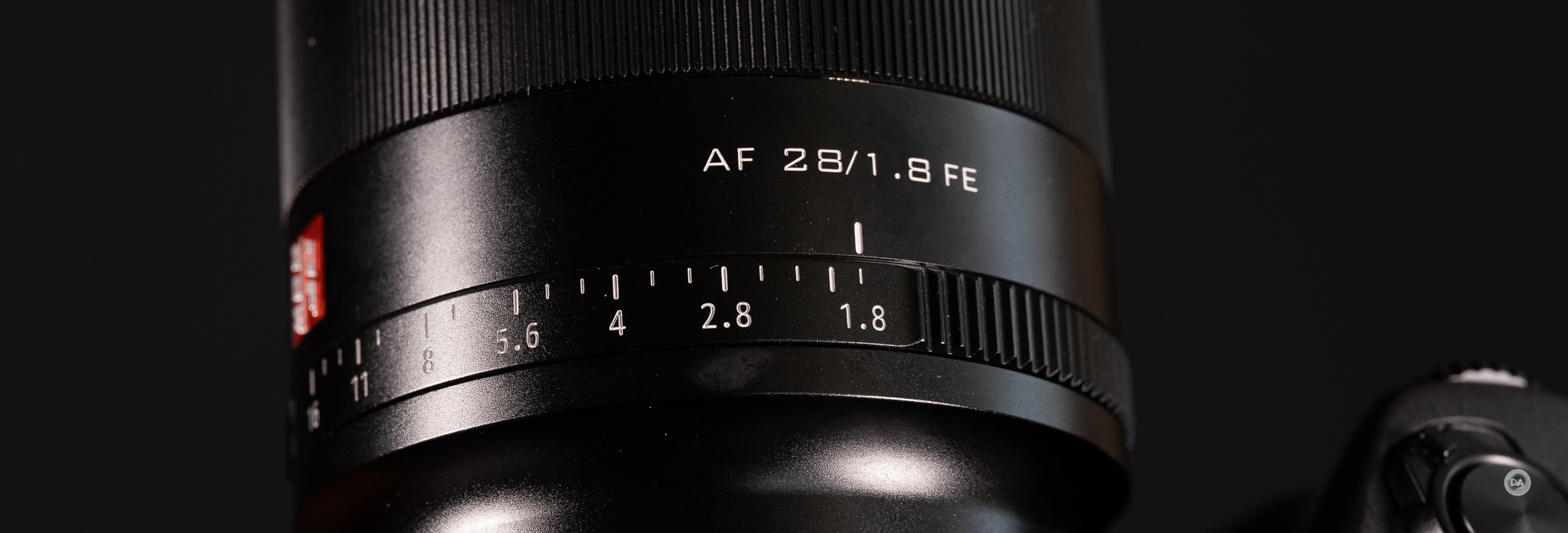


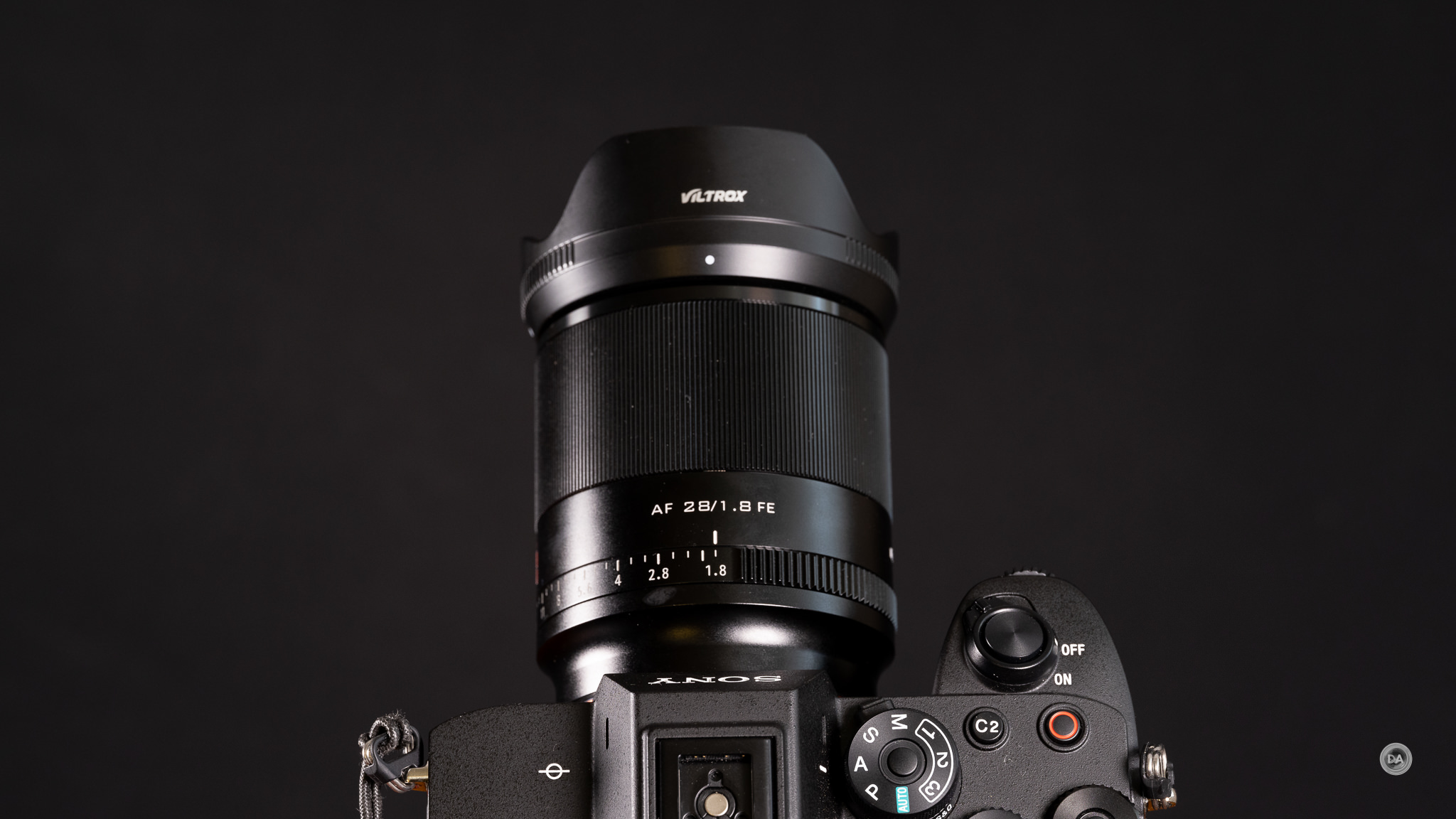
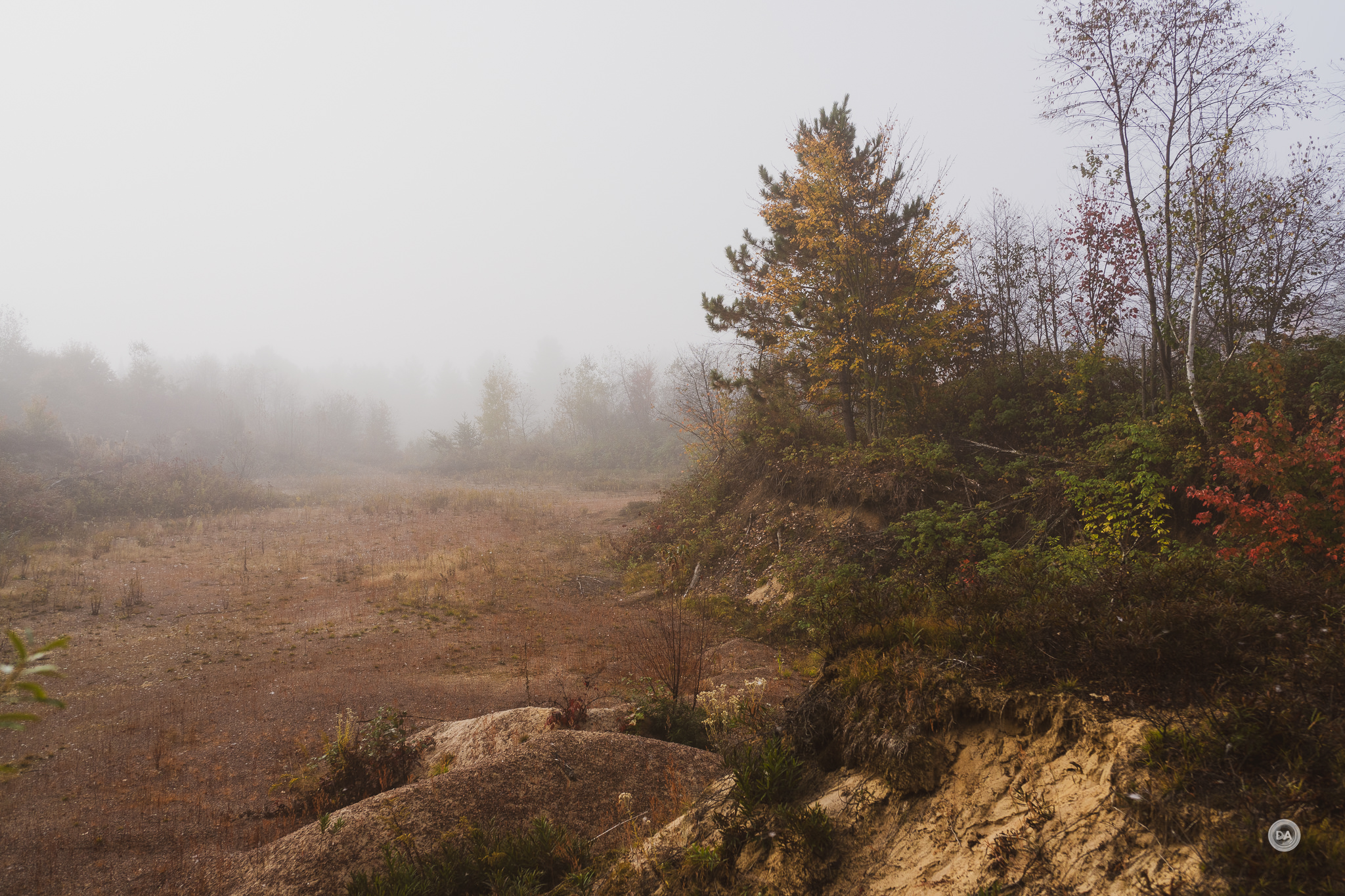
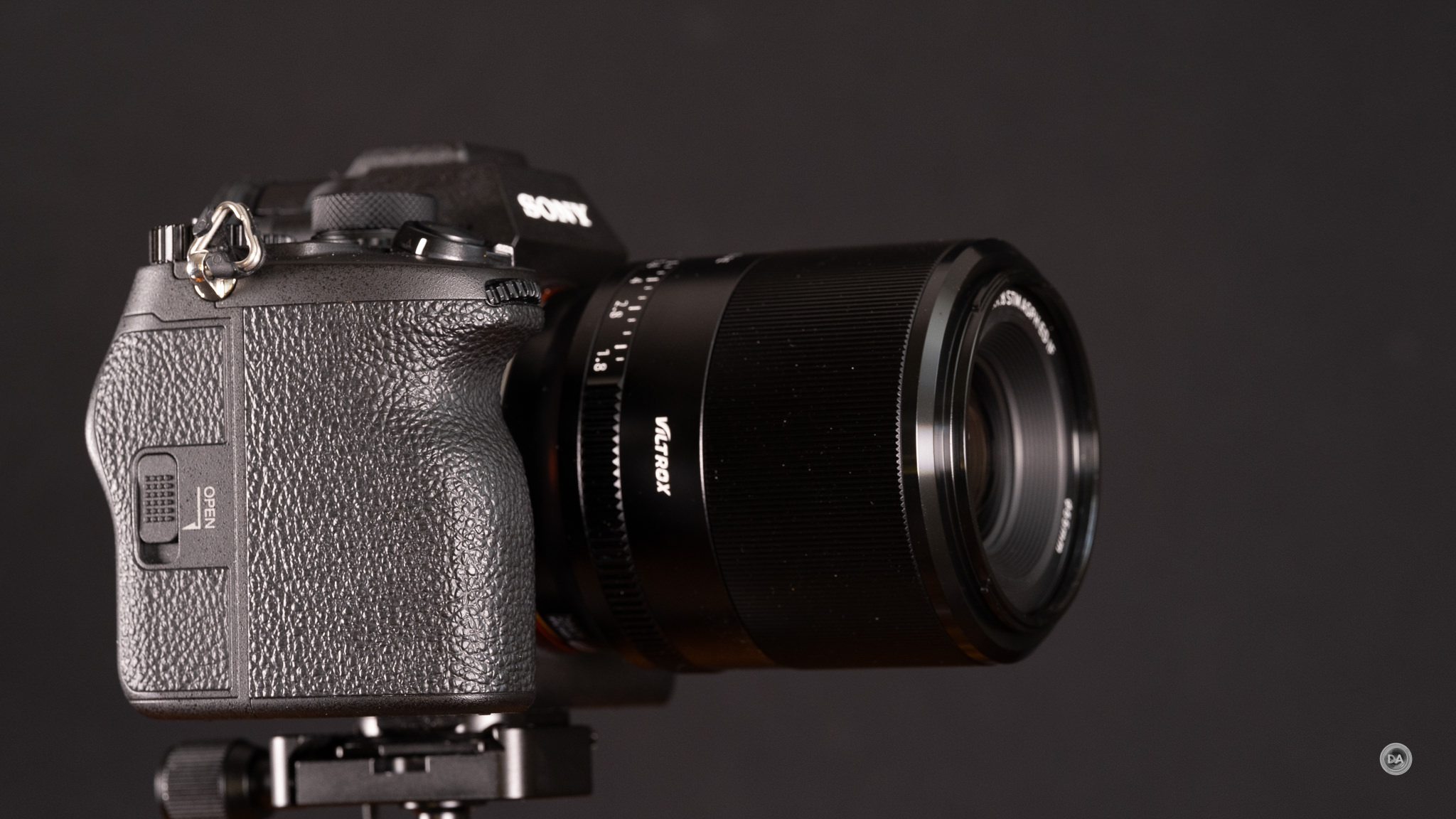
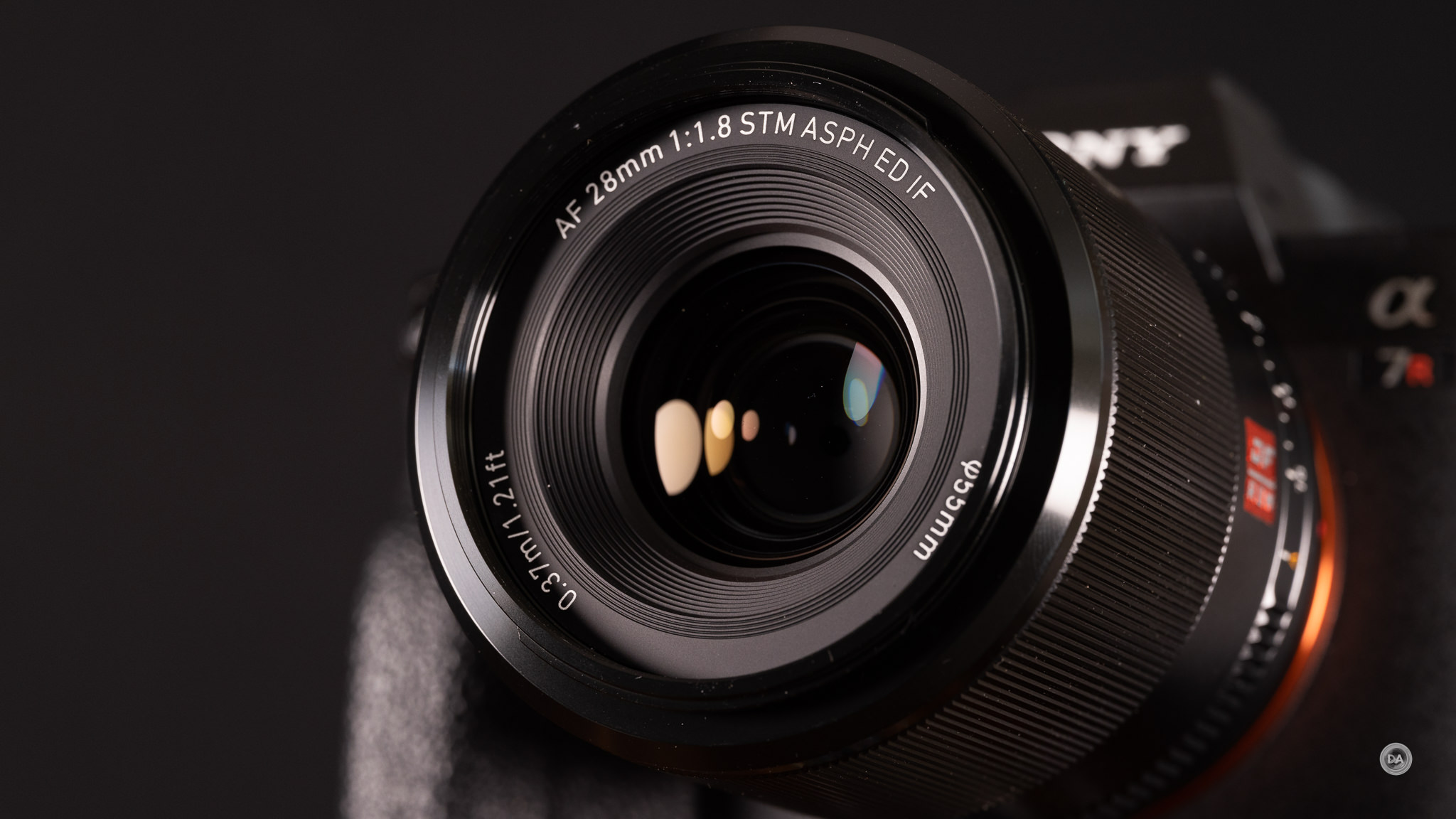
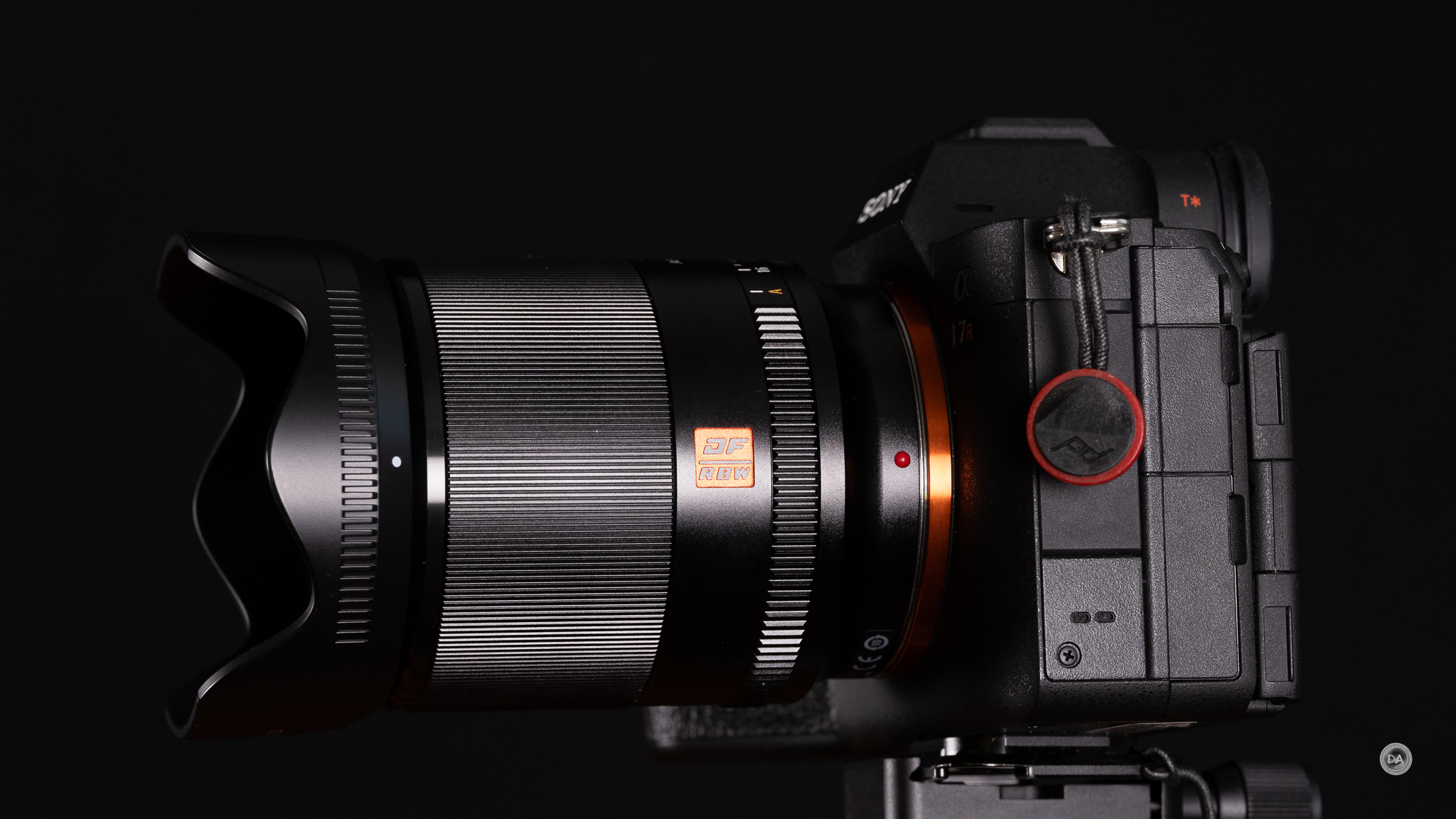
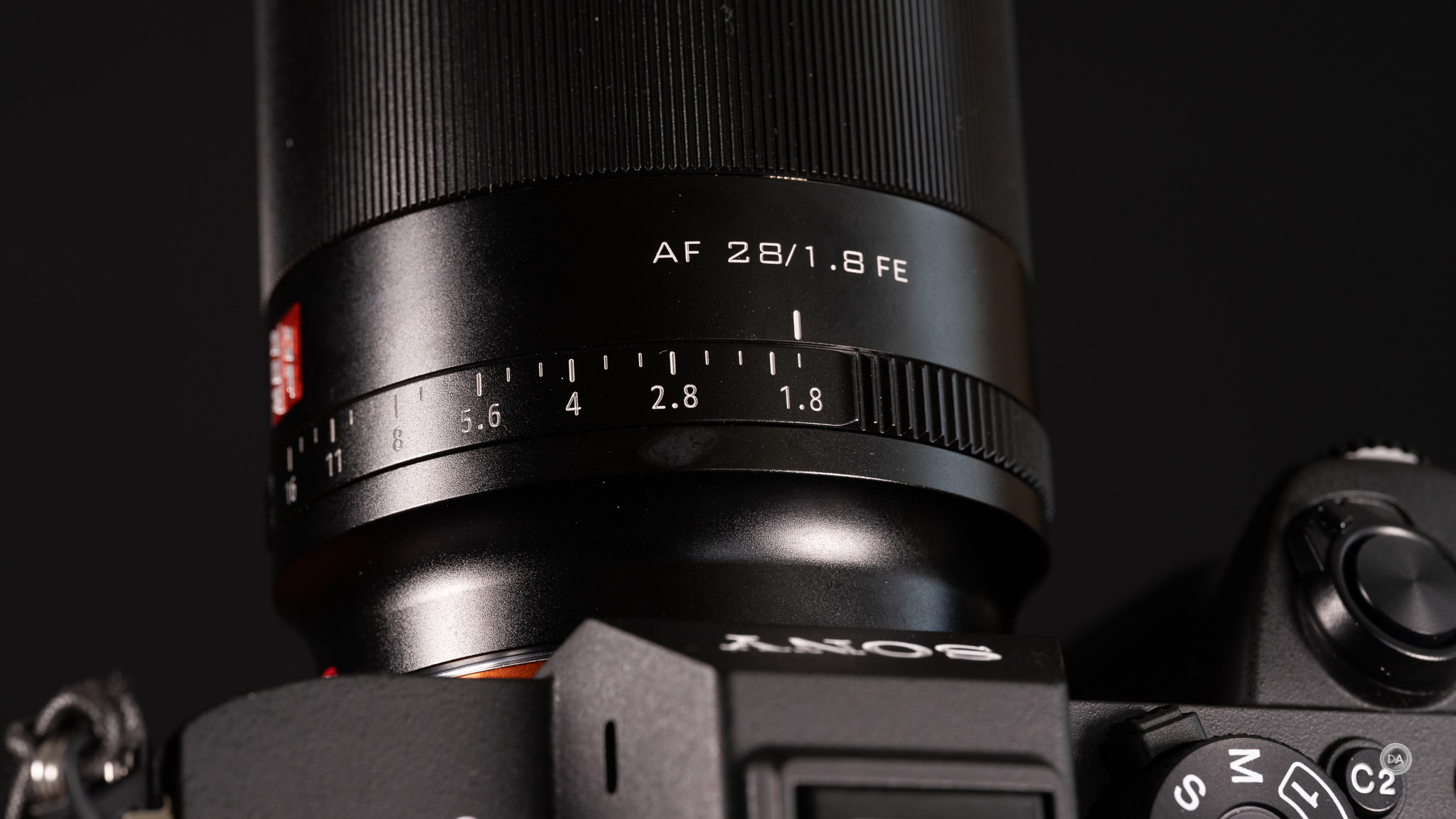

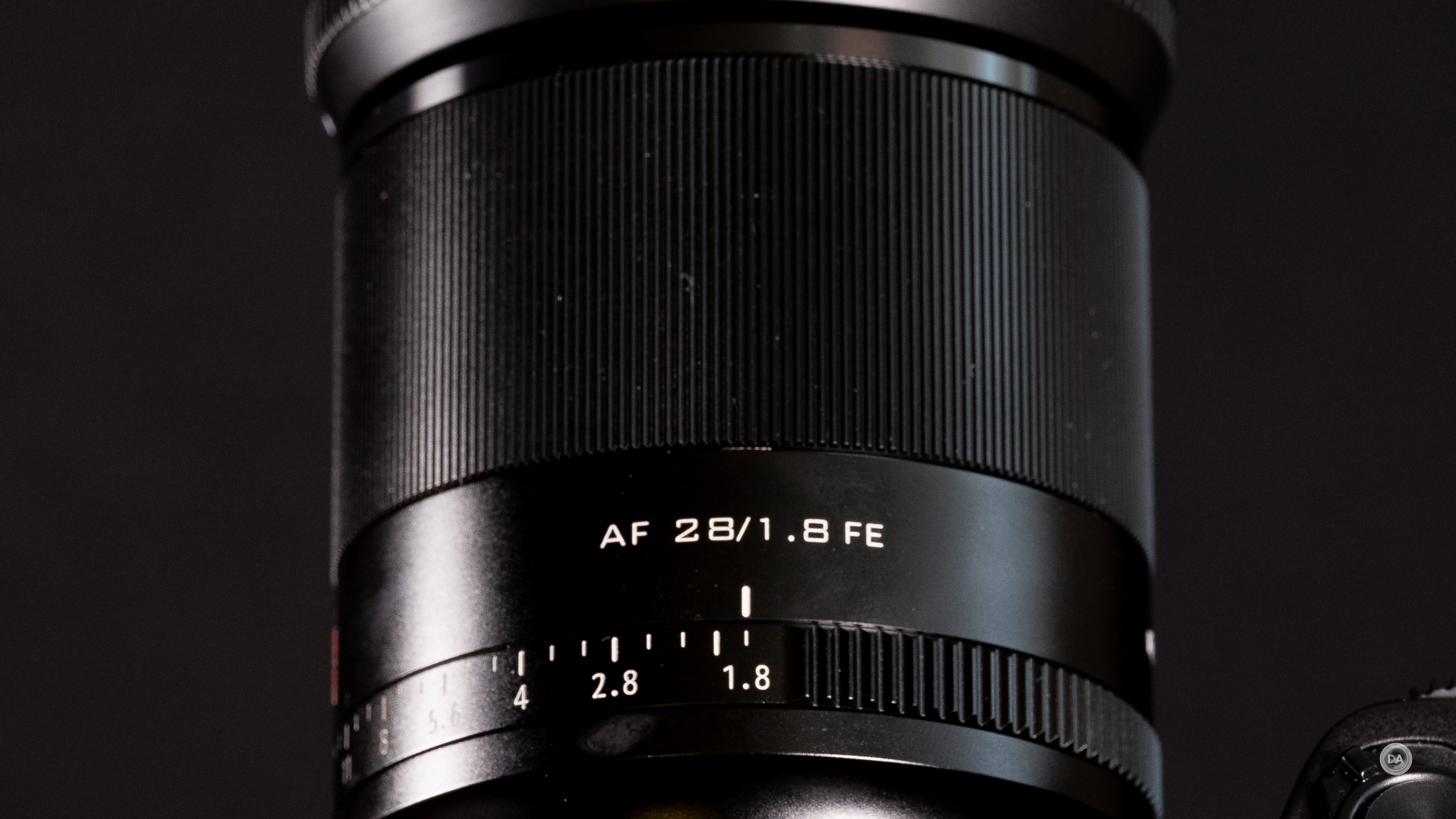

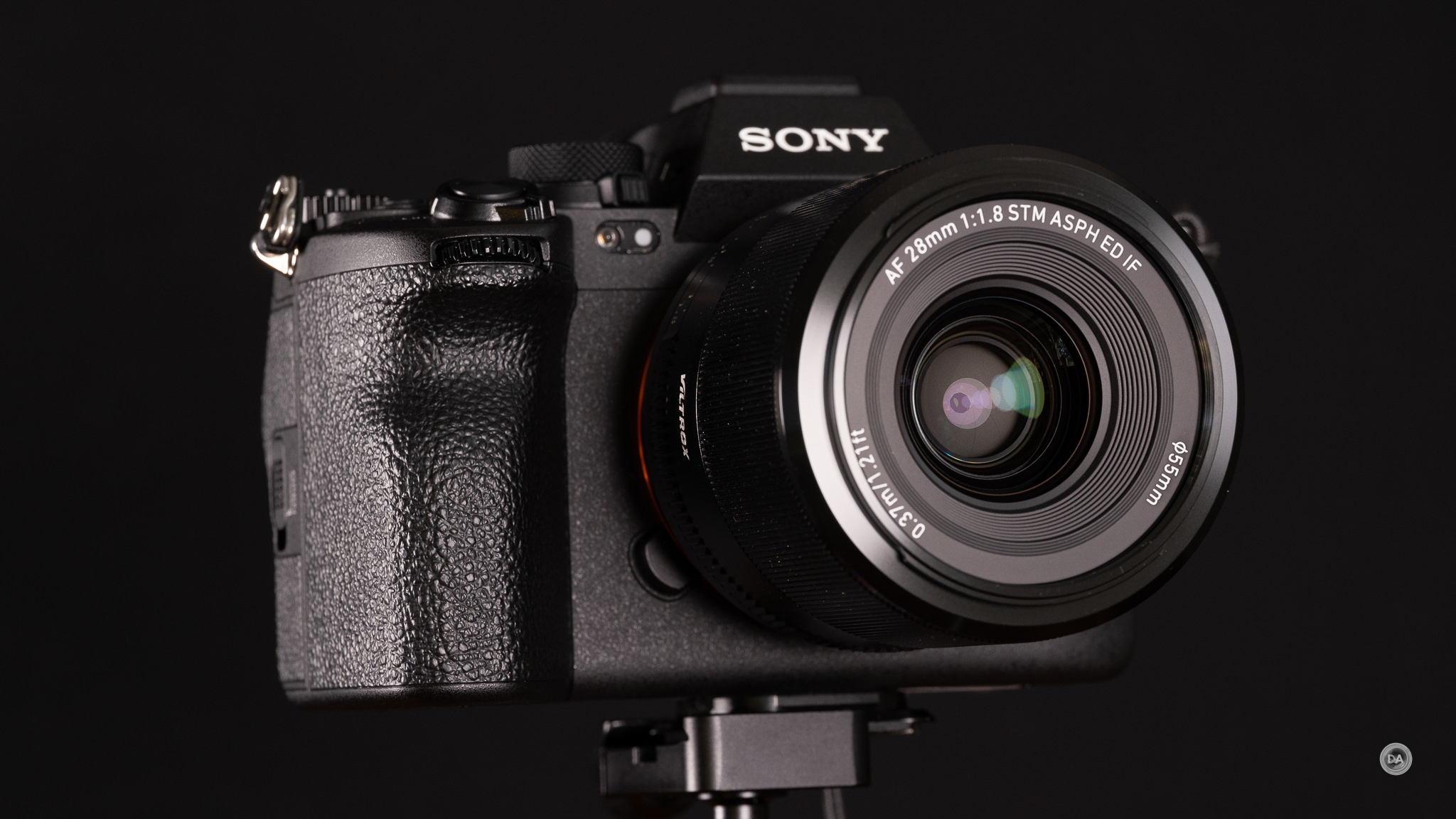
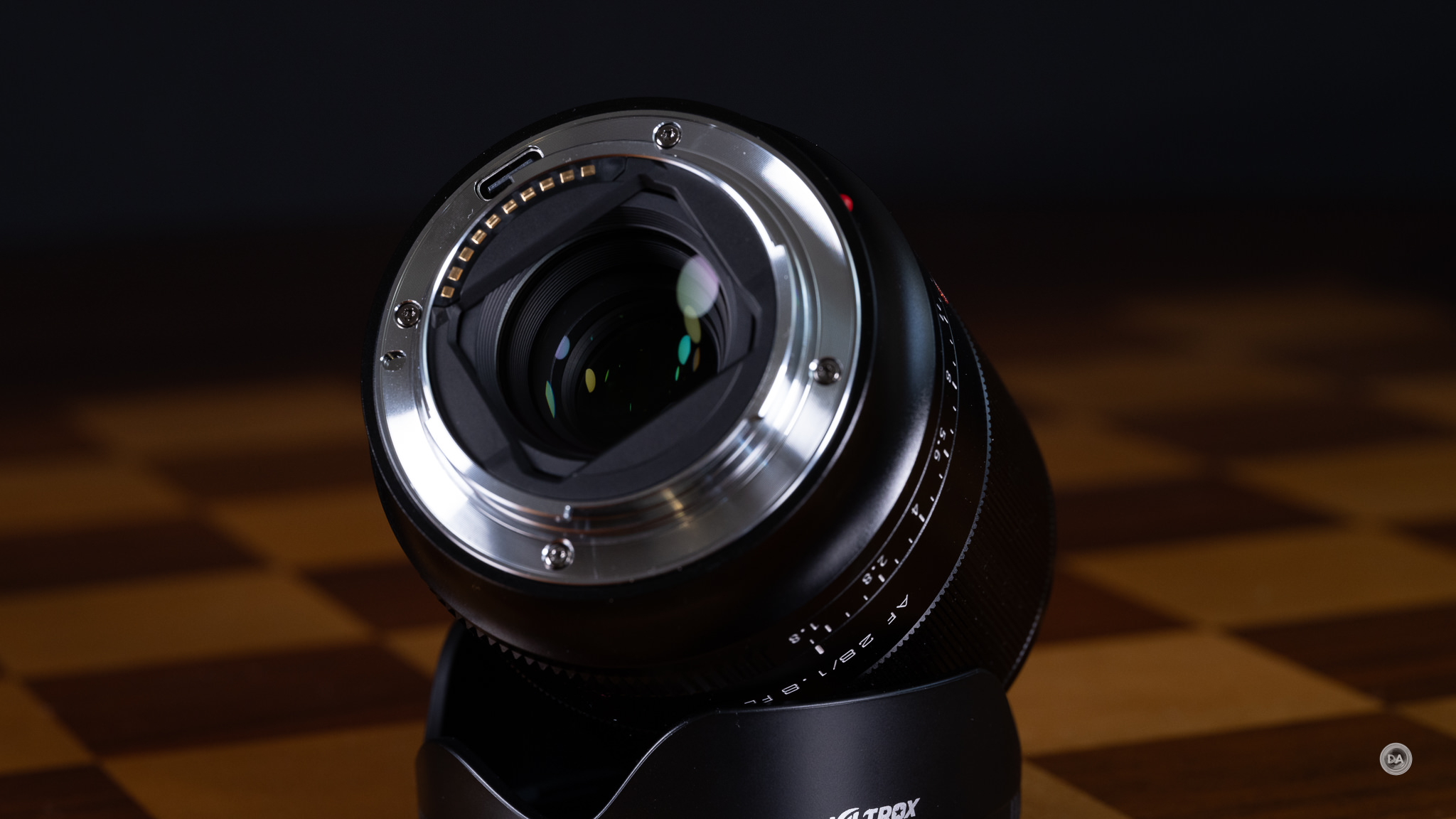
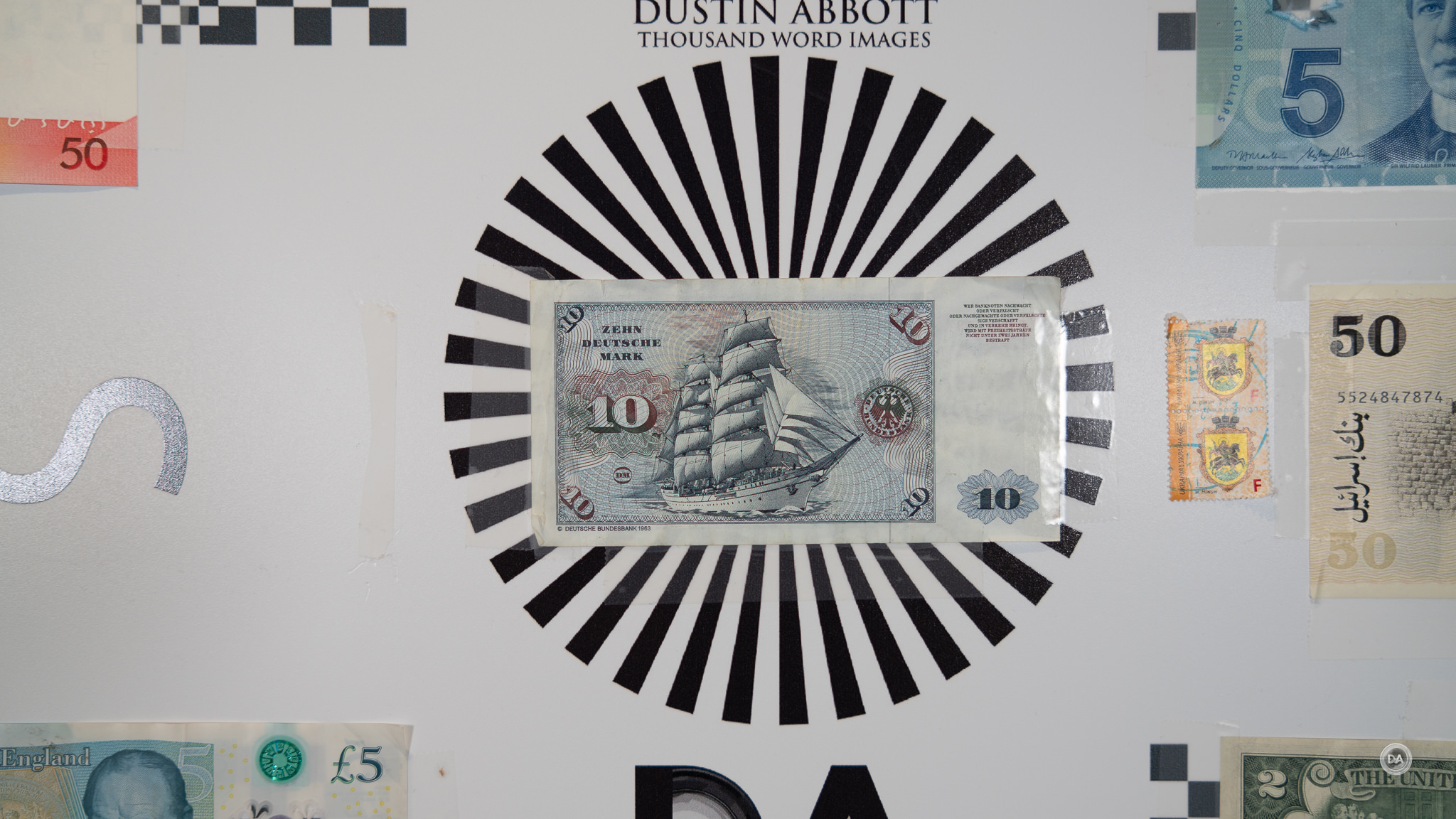

















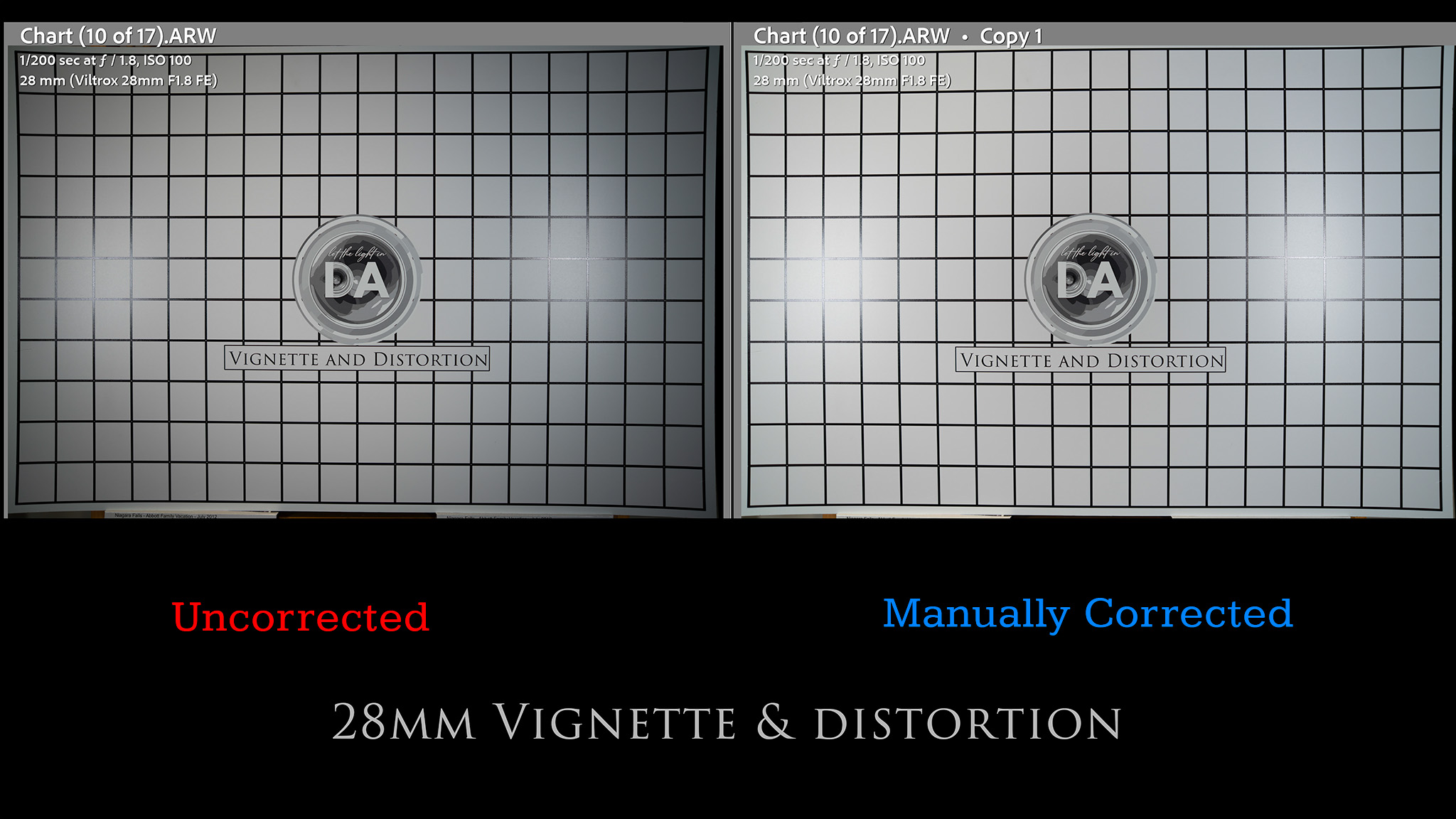
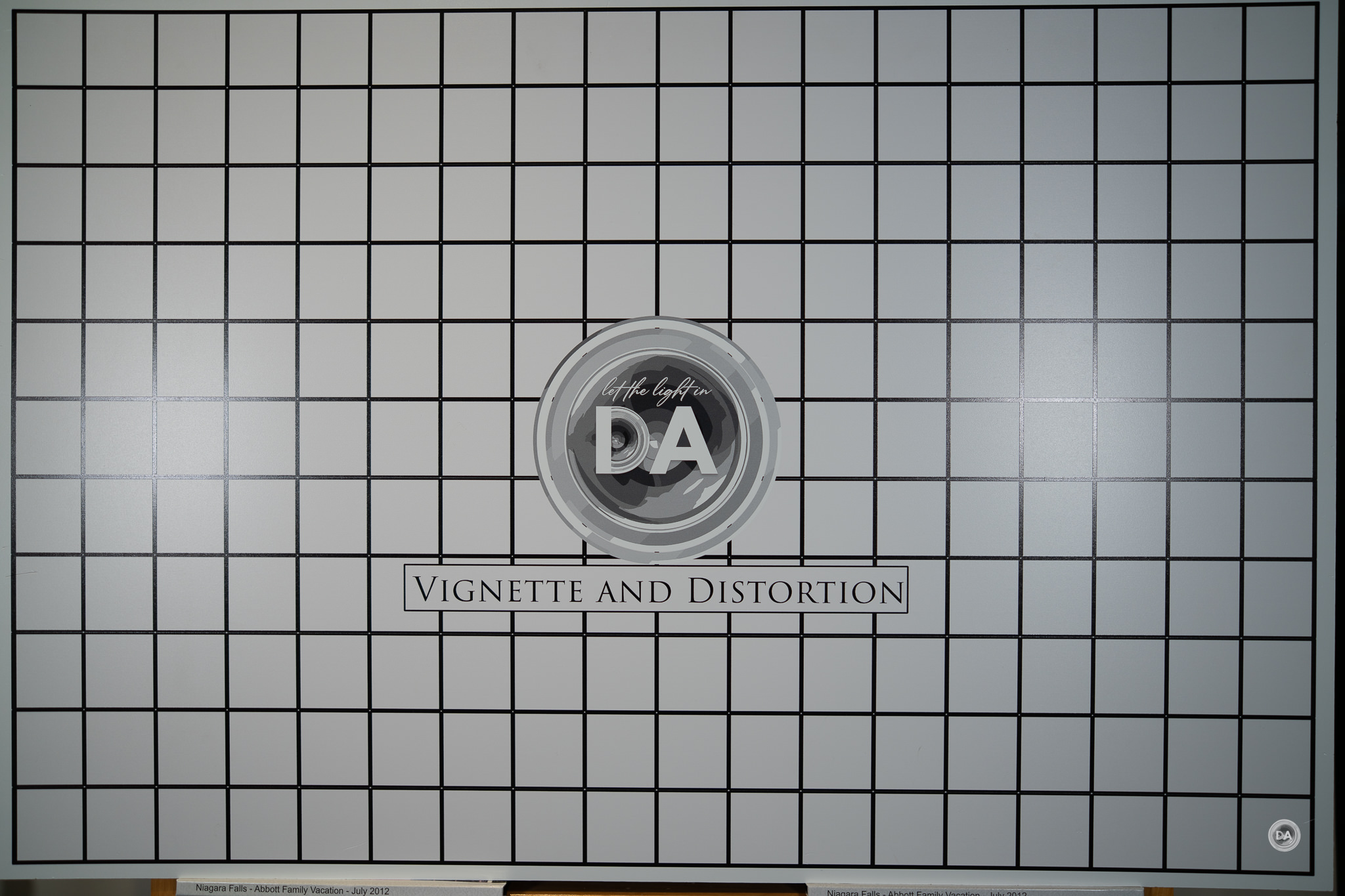

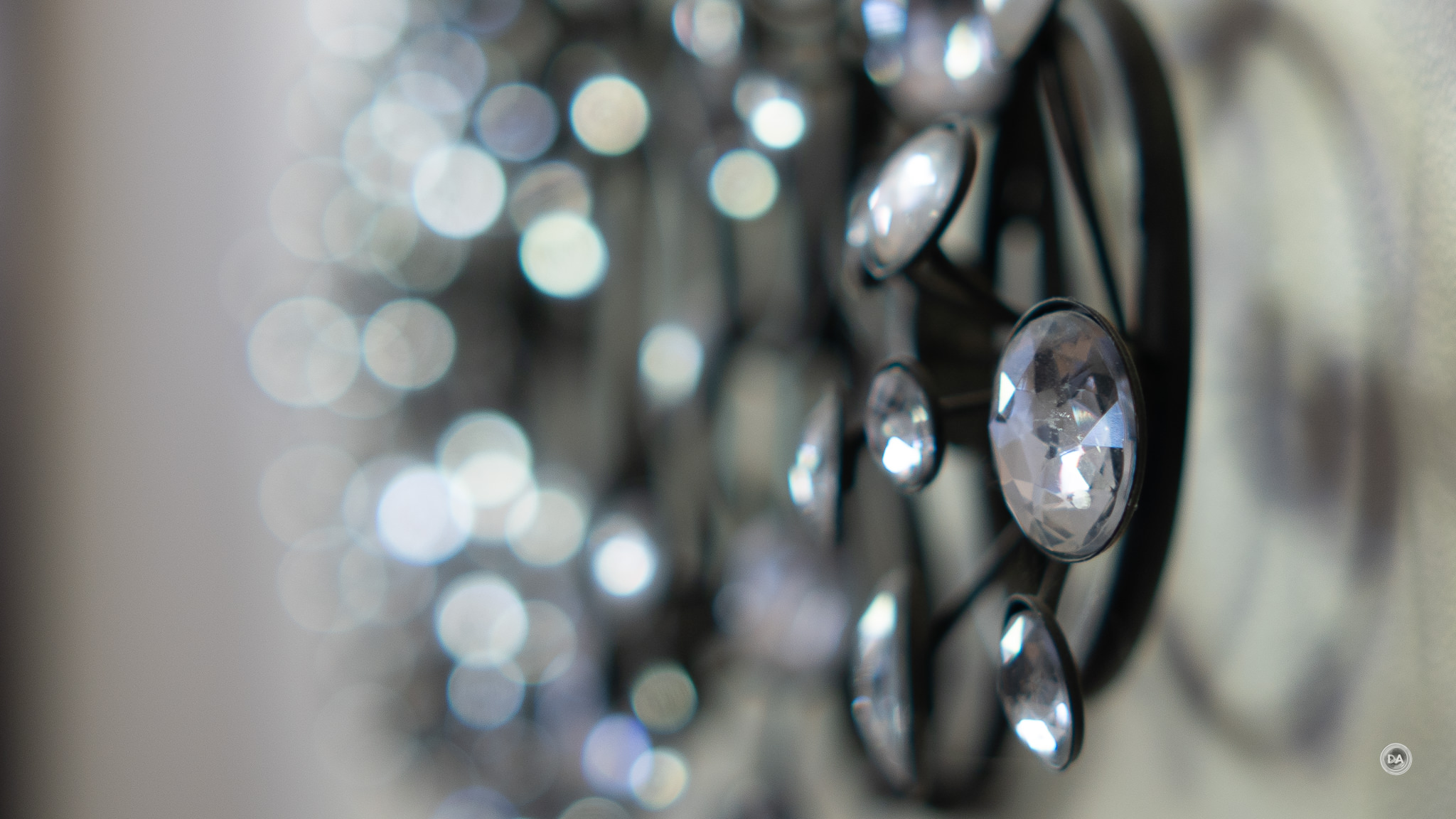
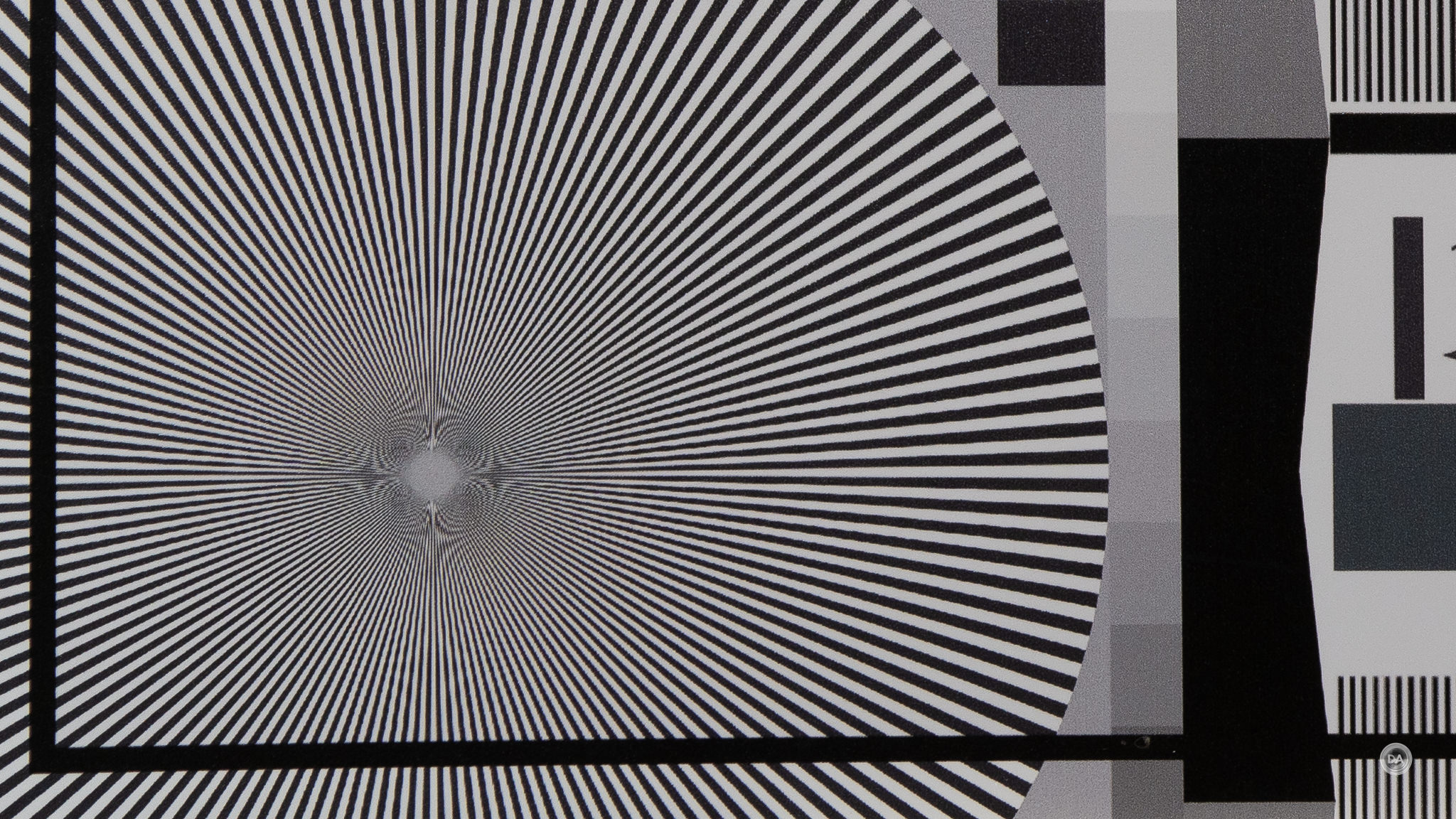





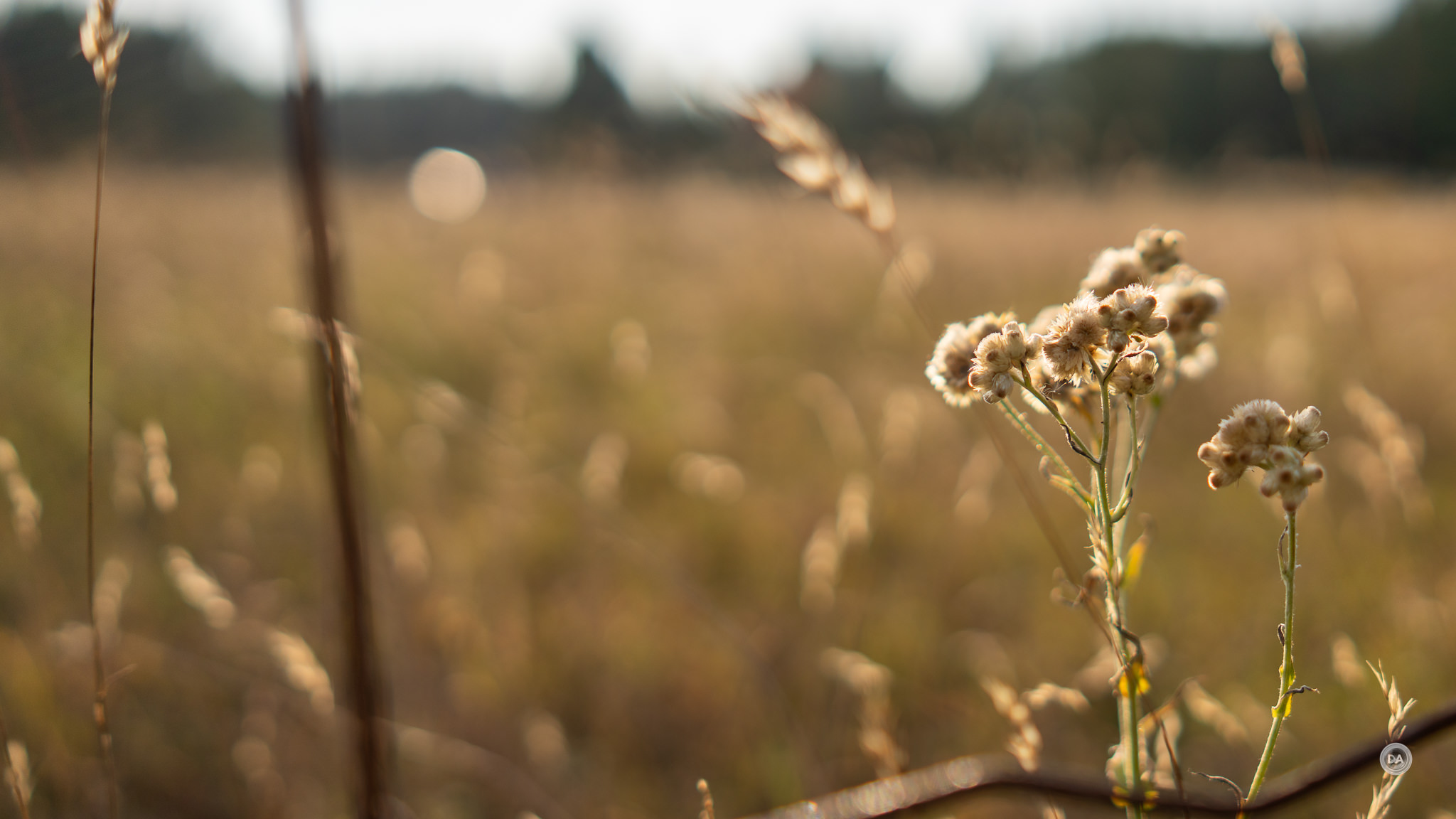
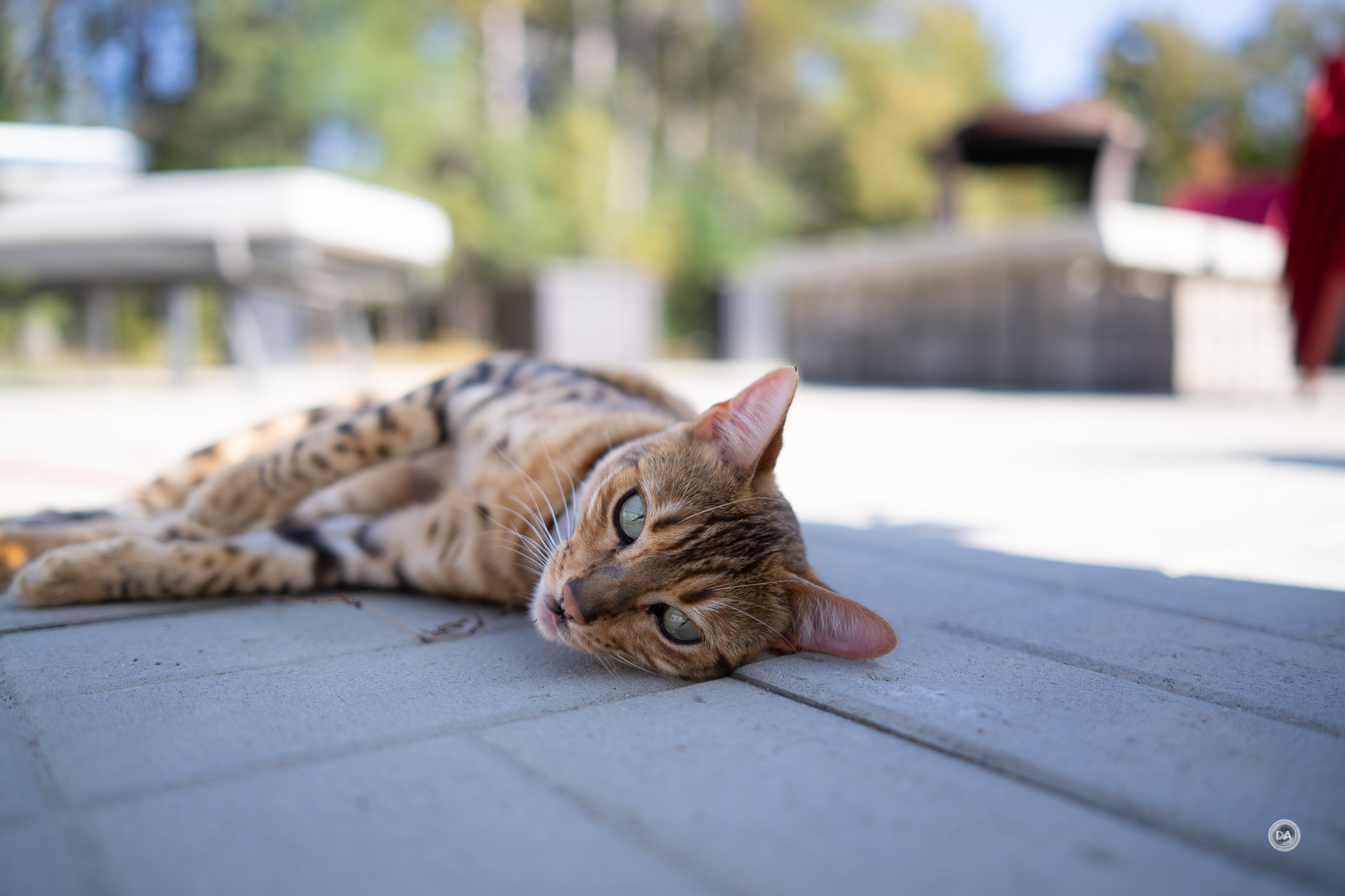

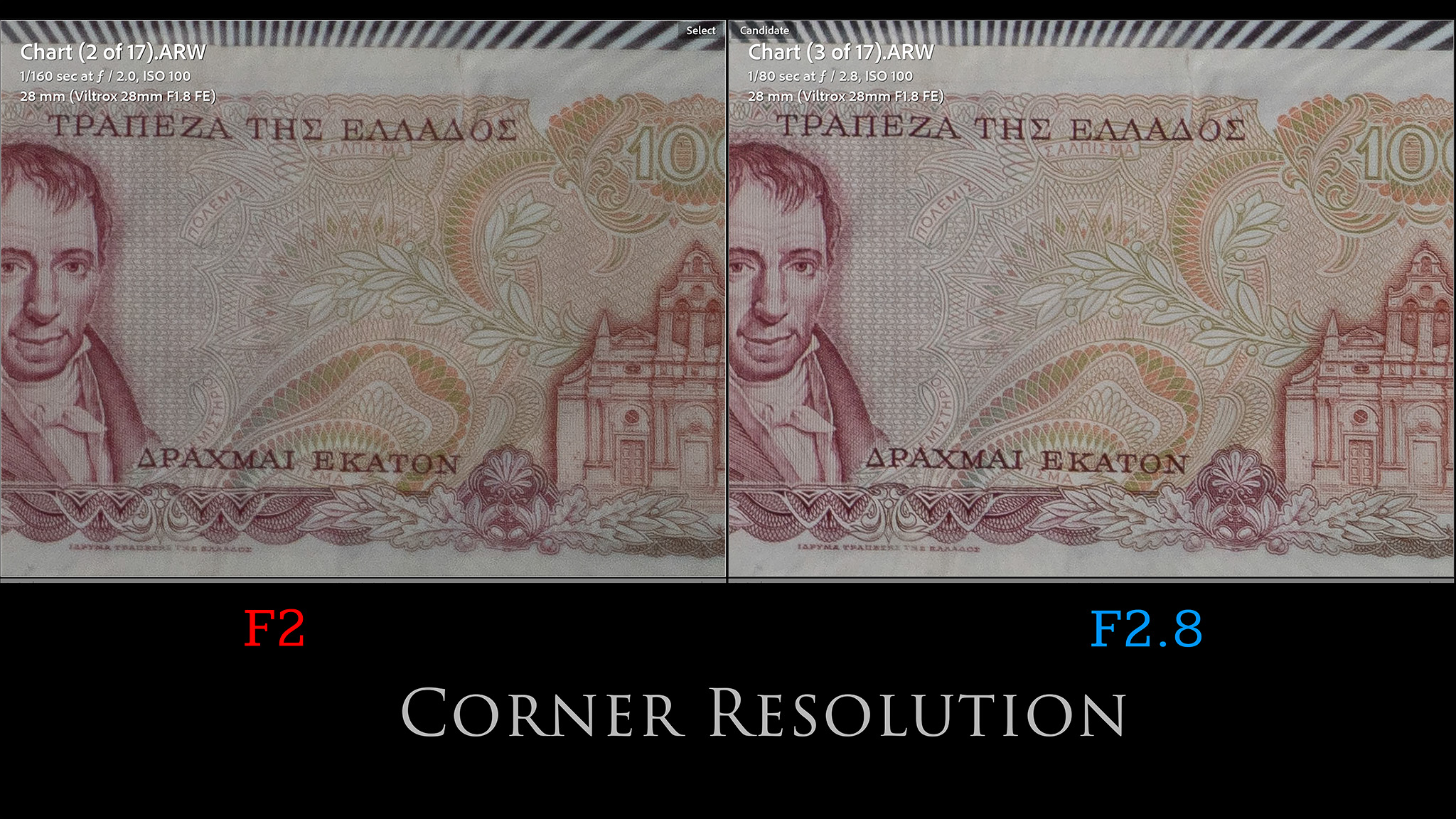
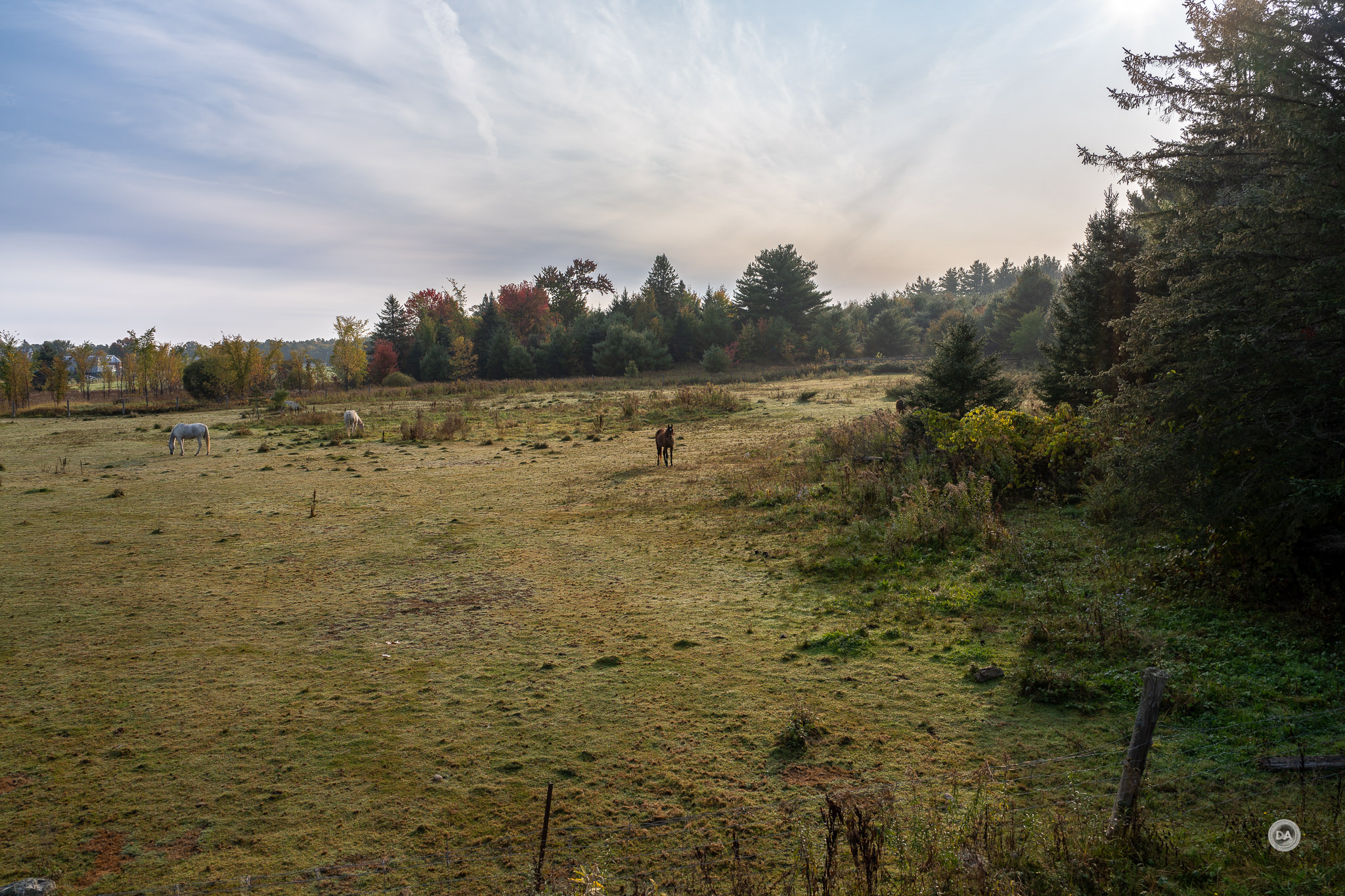
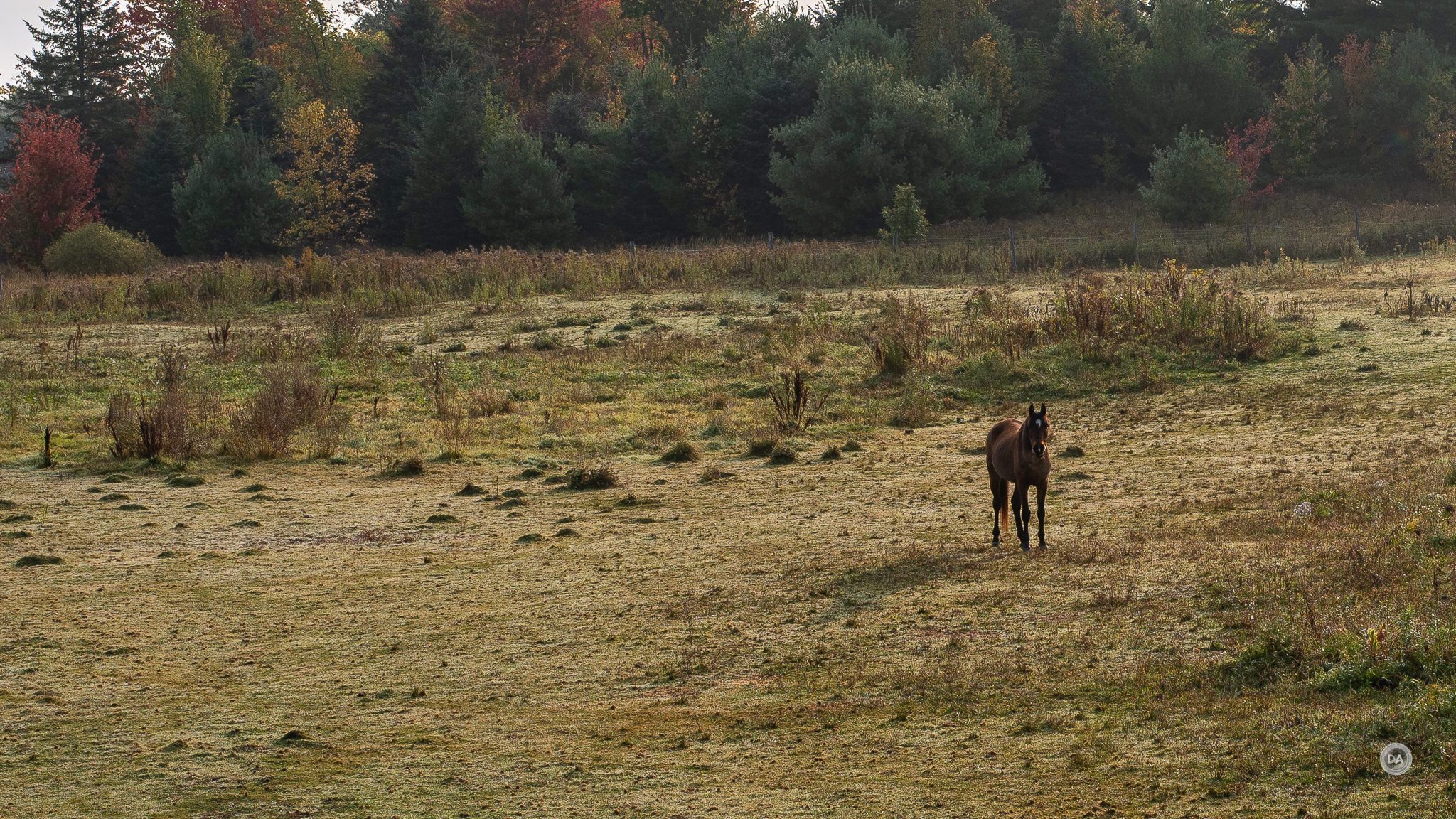



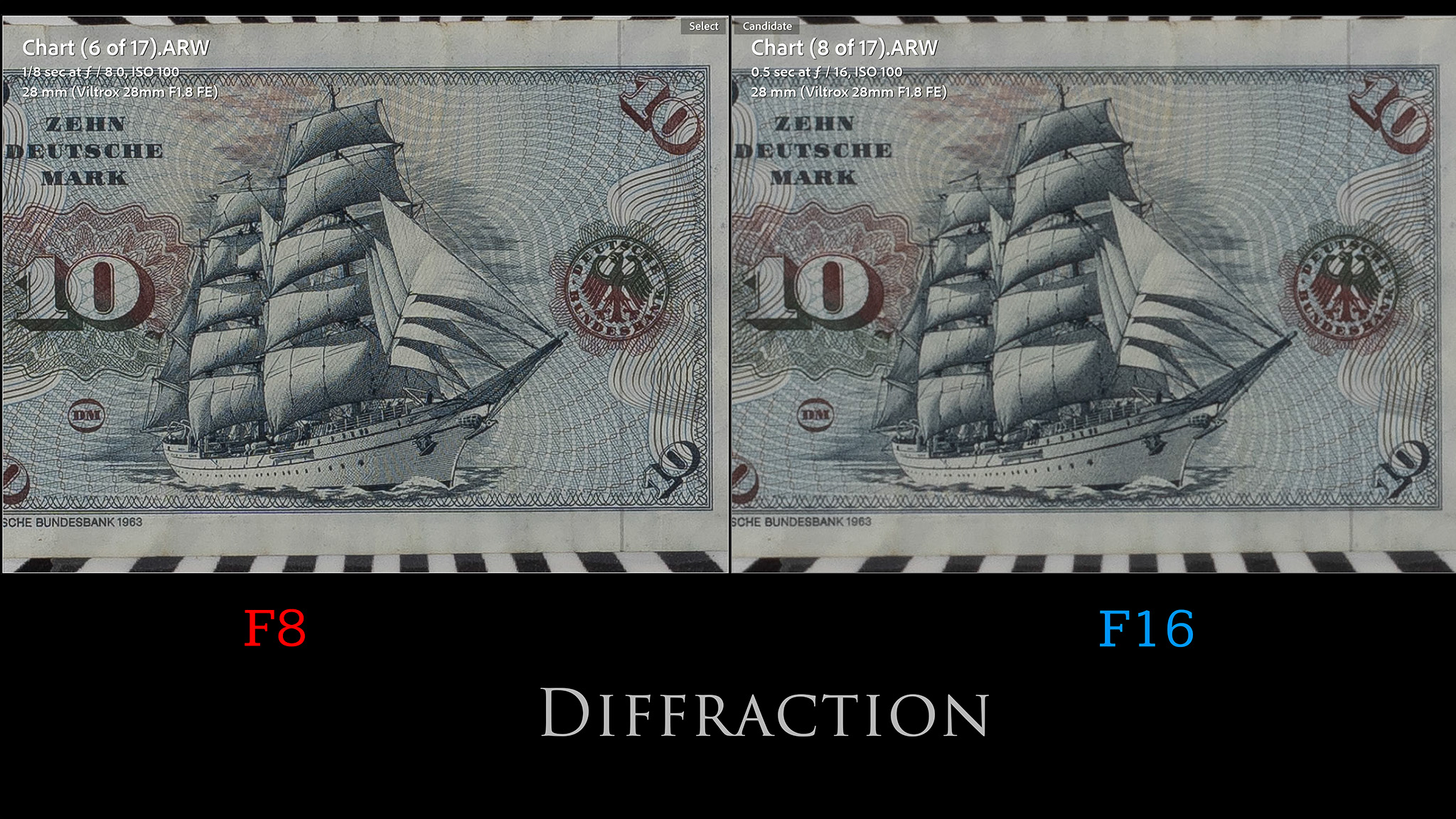













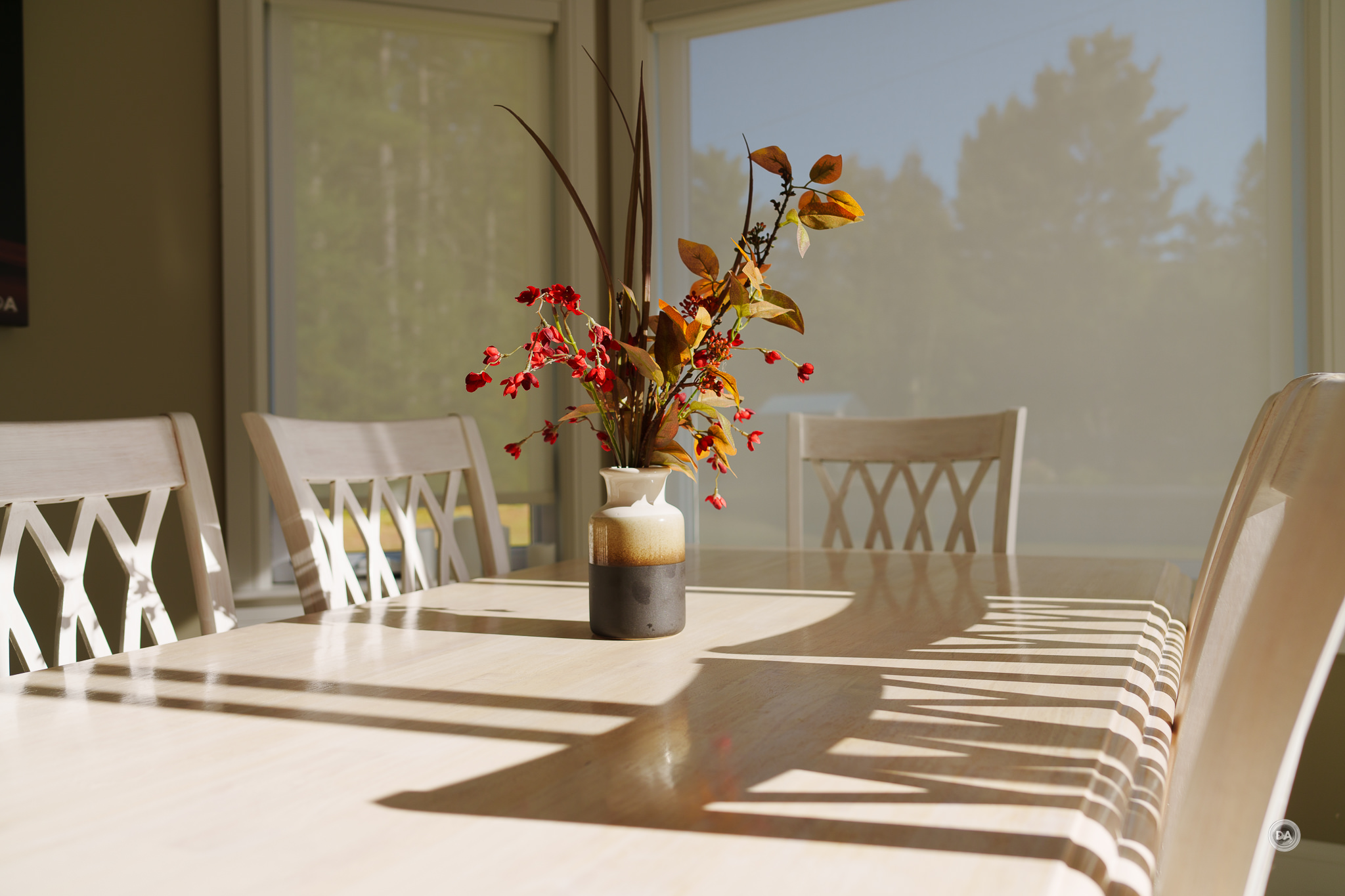
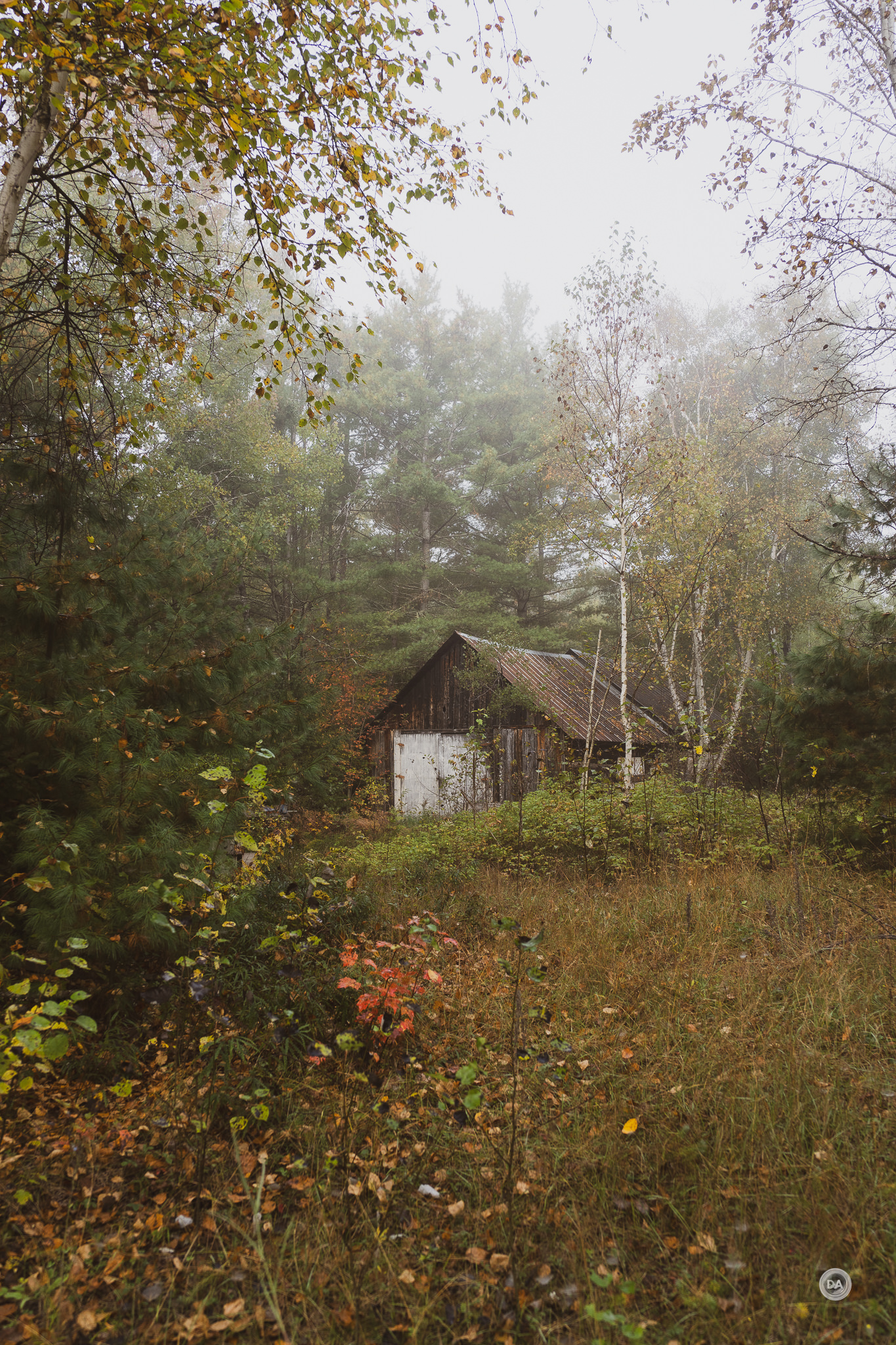
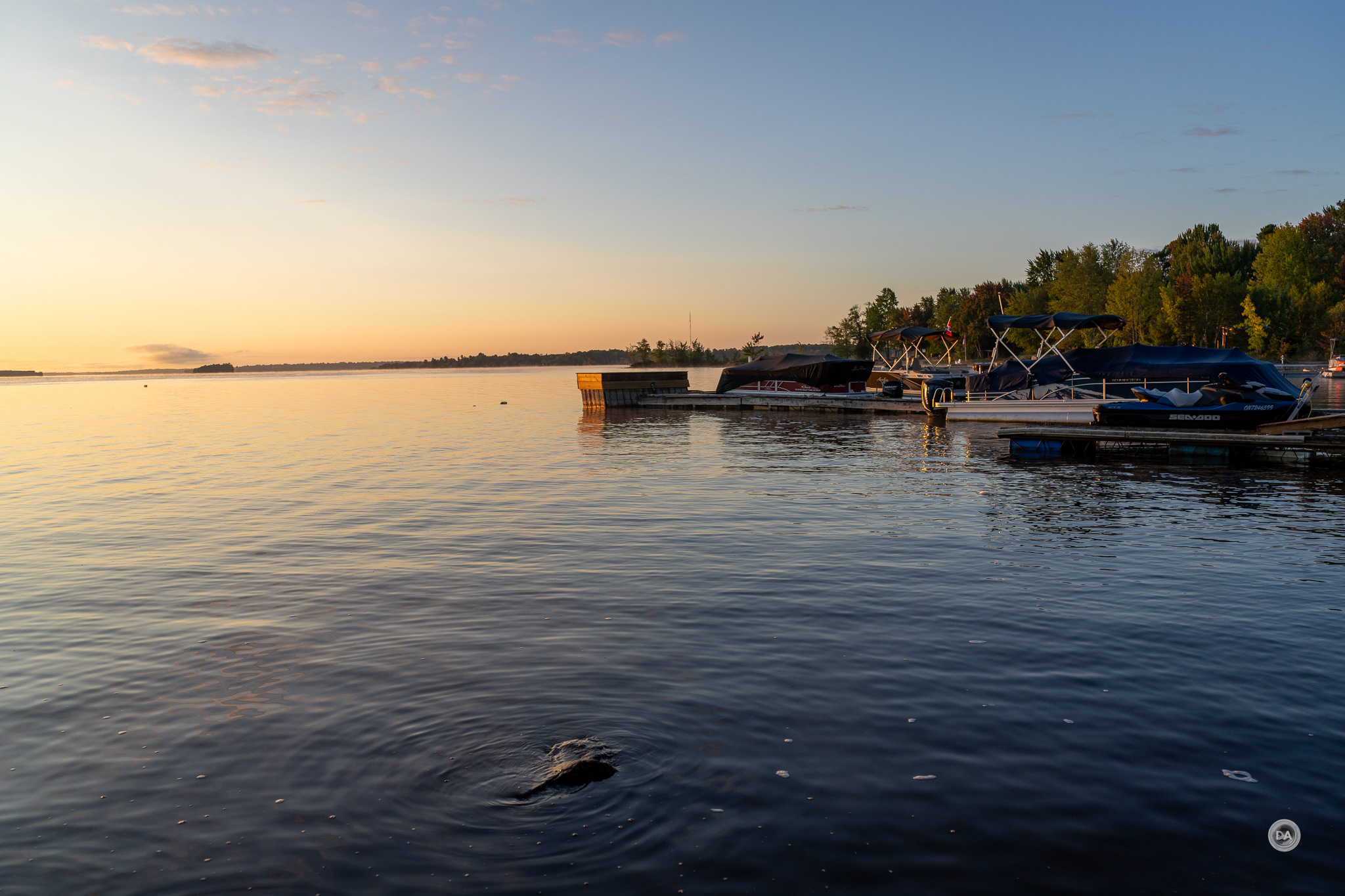
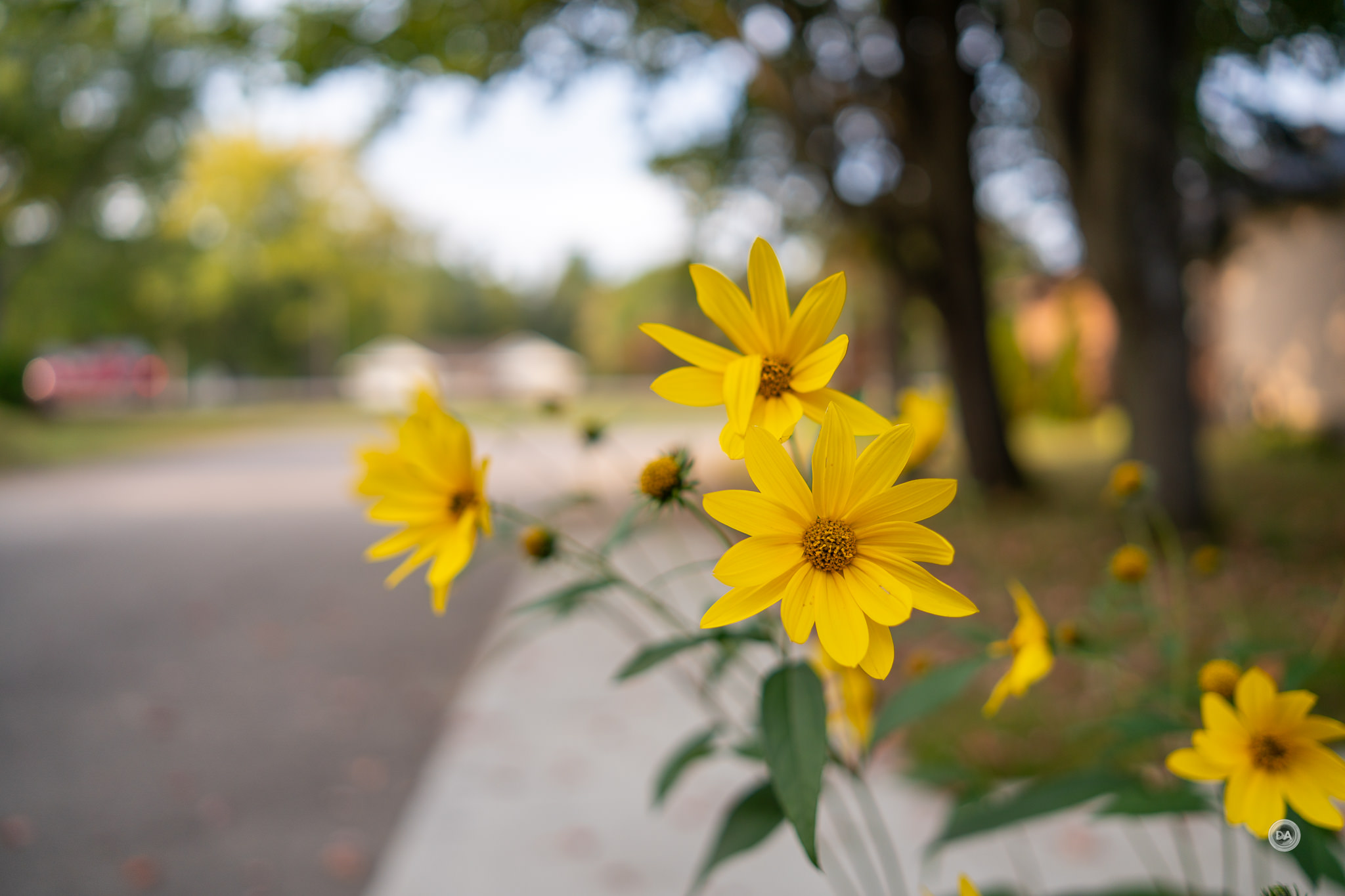


 Viltrox Pro AF 85mm F1.4 FE Gallery
Viltrox Pro AF 85mm F1.4 FE Gallery  Viltrox AF 85mm F1.4 PRO FE Review
Viltrox AF 85mm F1.4 PRO FE Review  Yongnuo YN 35mm F1.8 ART Gallery
Yongnuo YN 35mm F1.8 ART Gallery  Yongnuo YN 35mm F1.8 DA ART Review
Yongnuo YN 35mm F1.8 DA ART Review 



One thought on “Viltrox AF 28mm F1.8 STM Review”